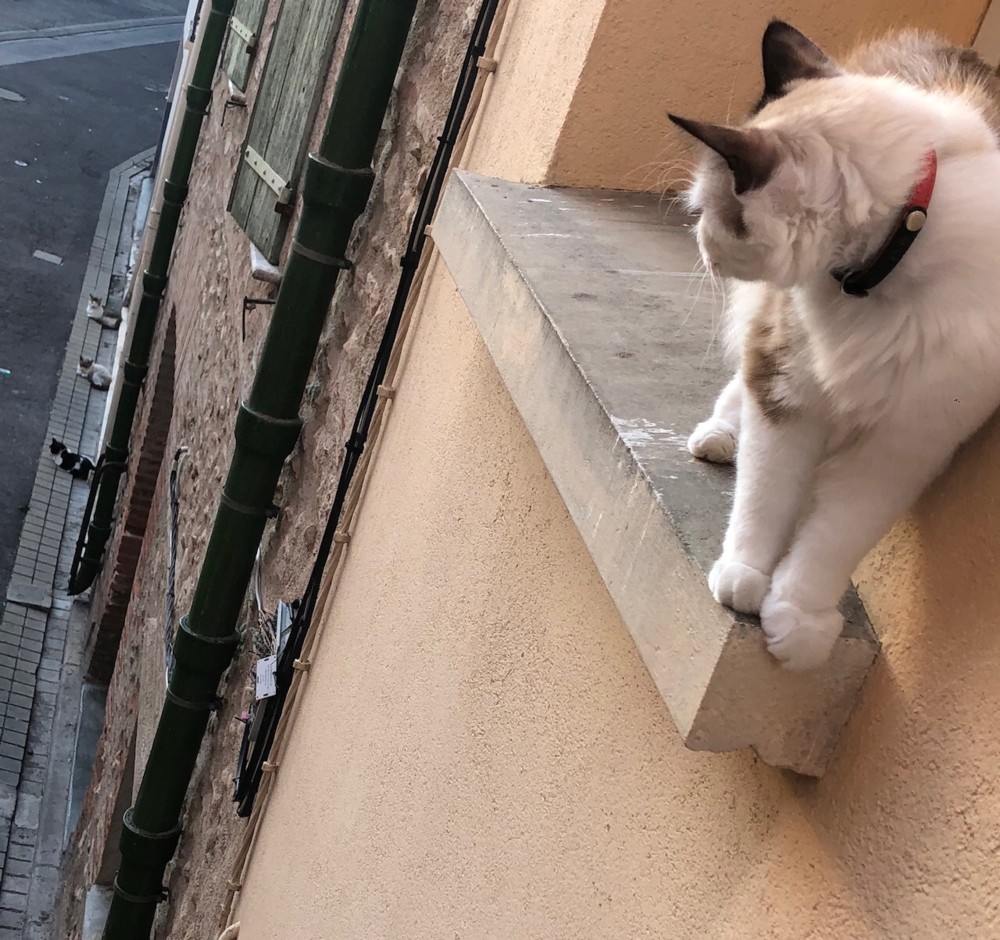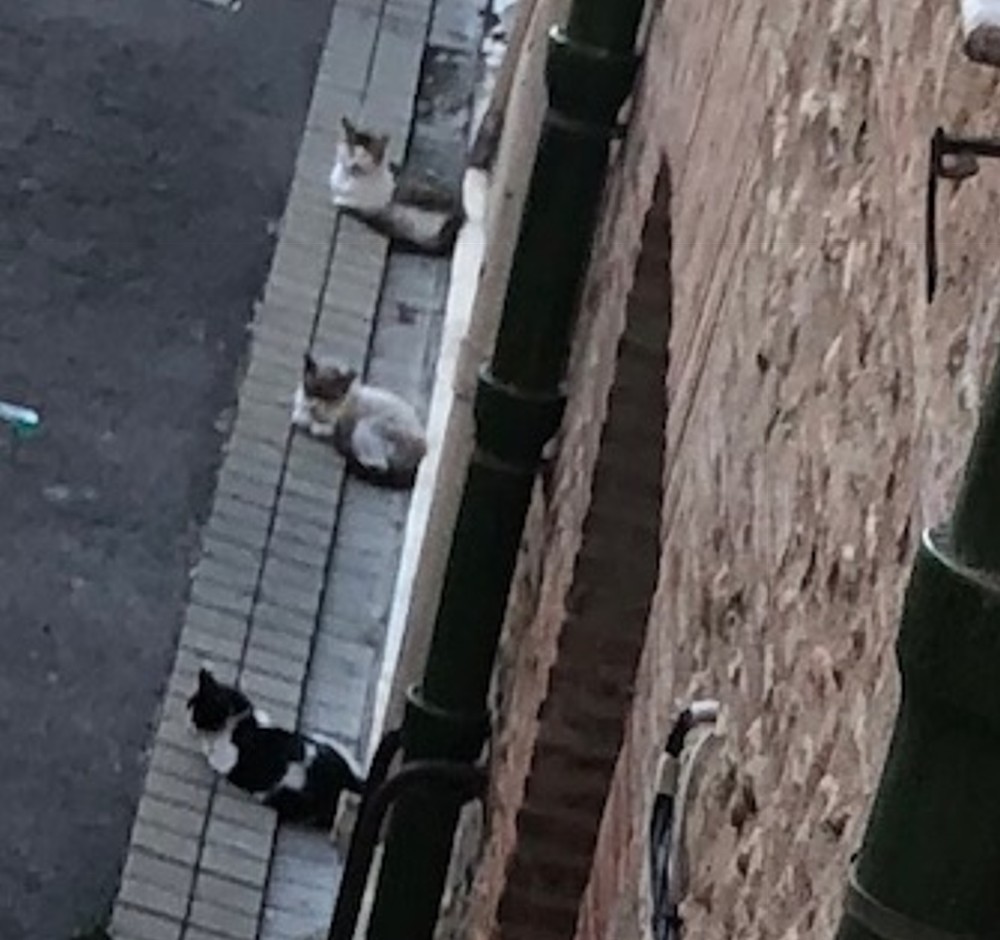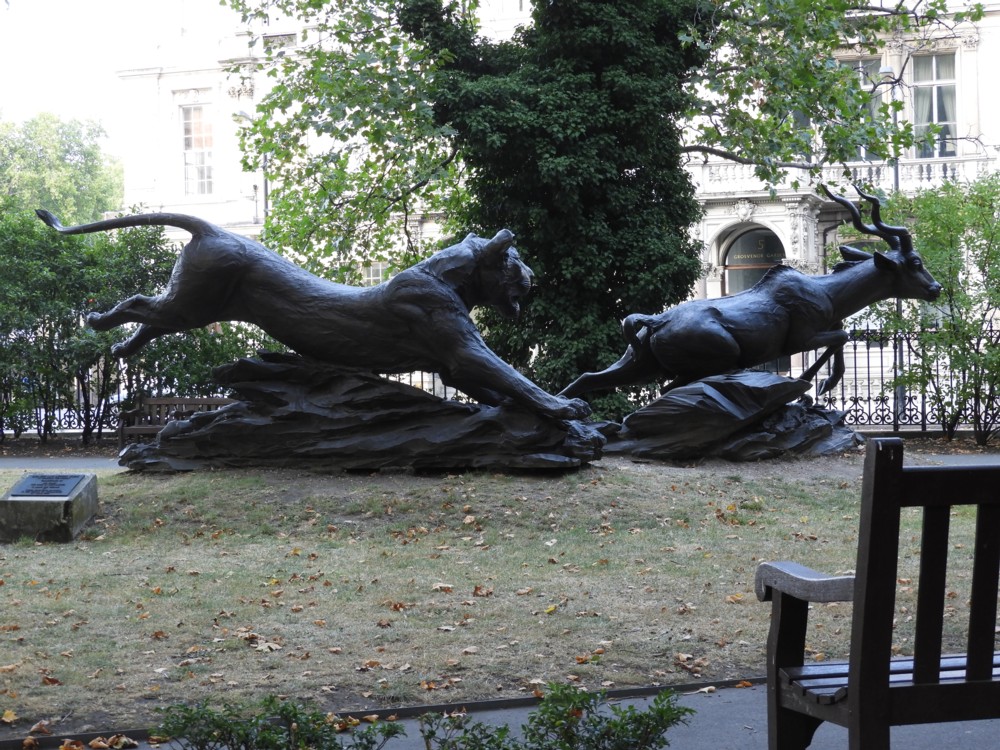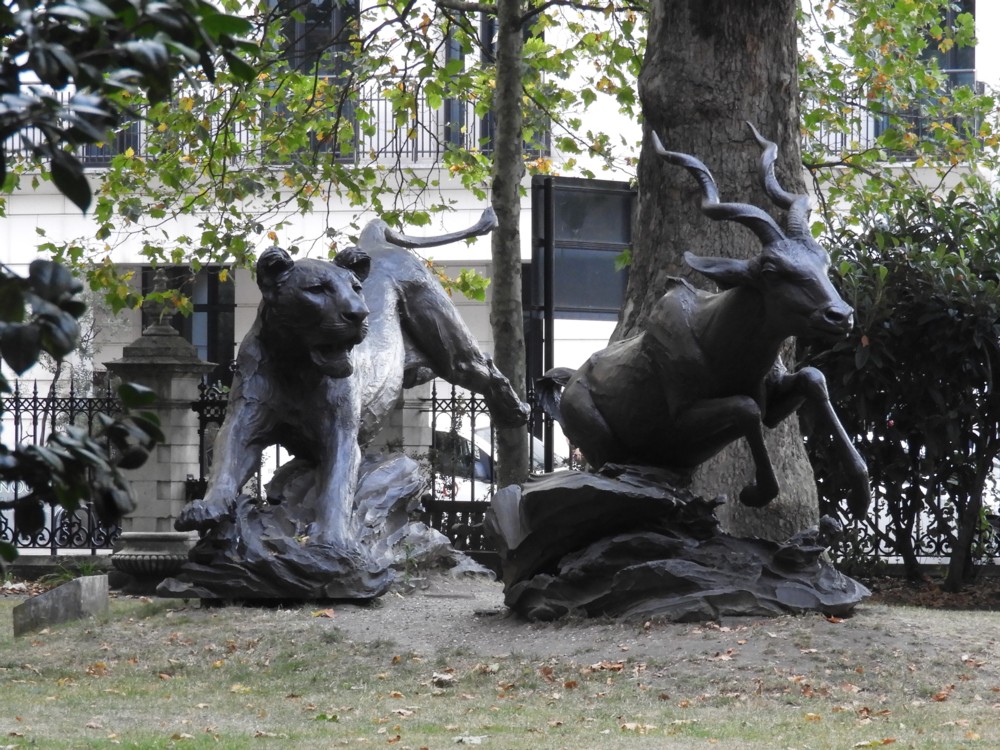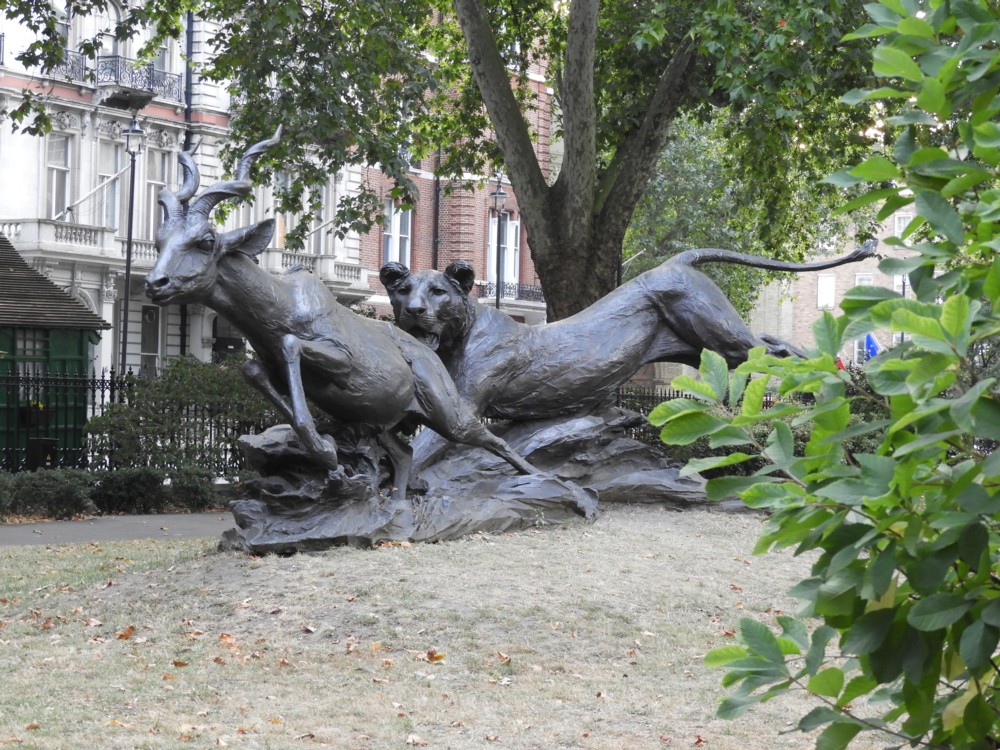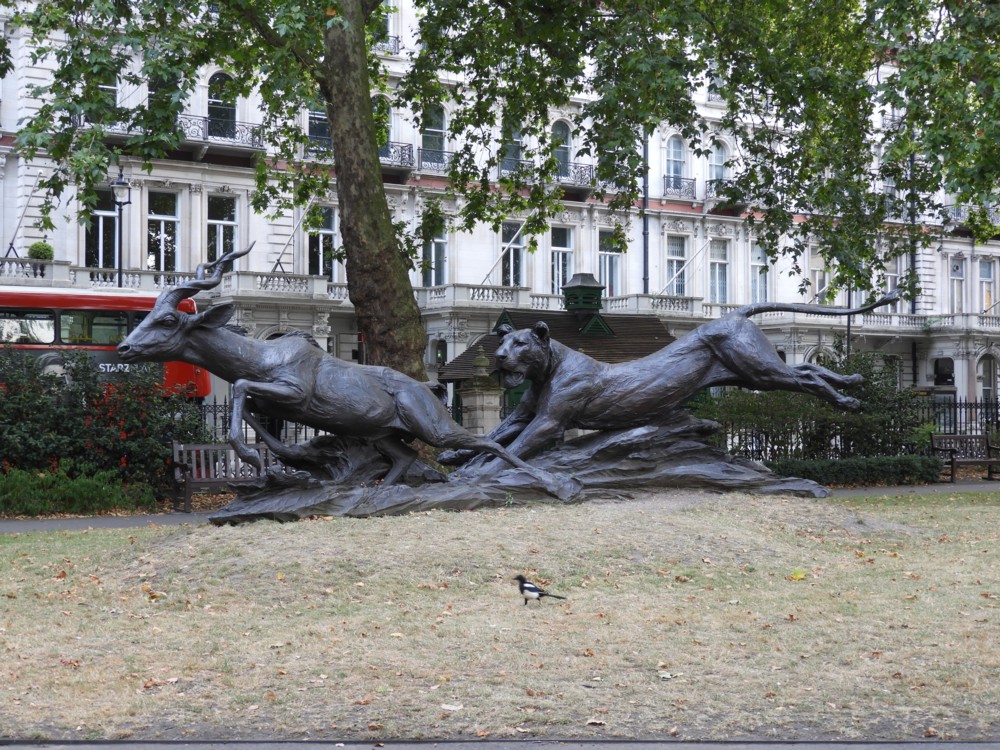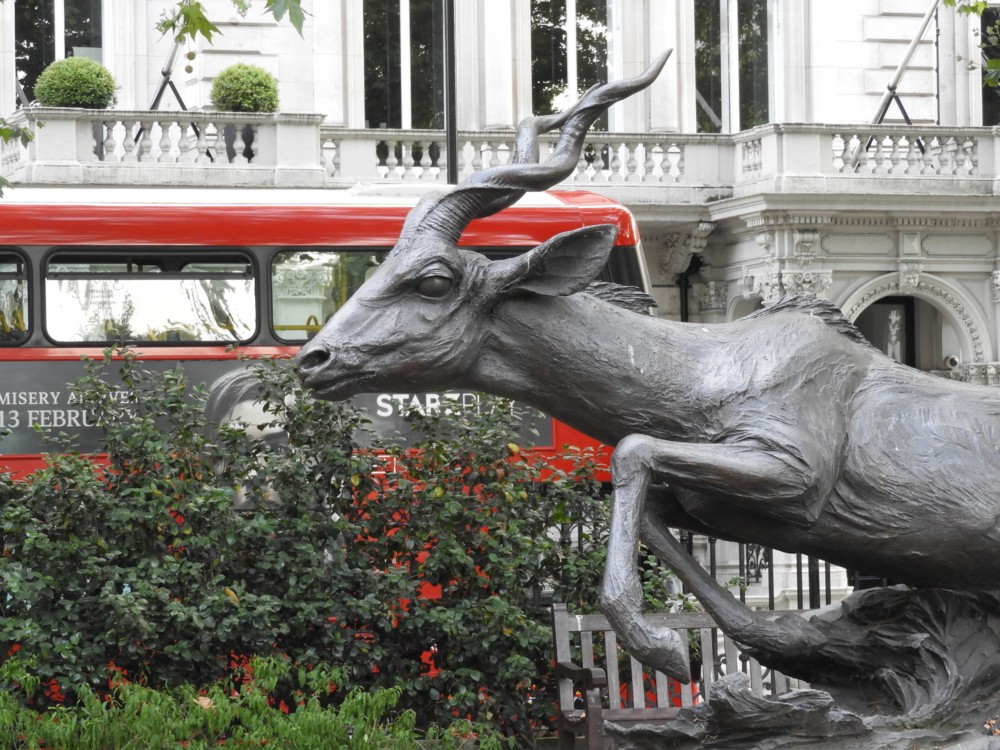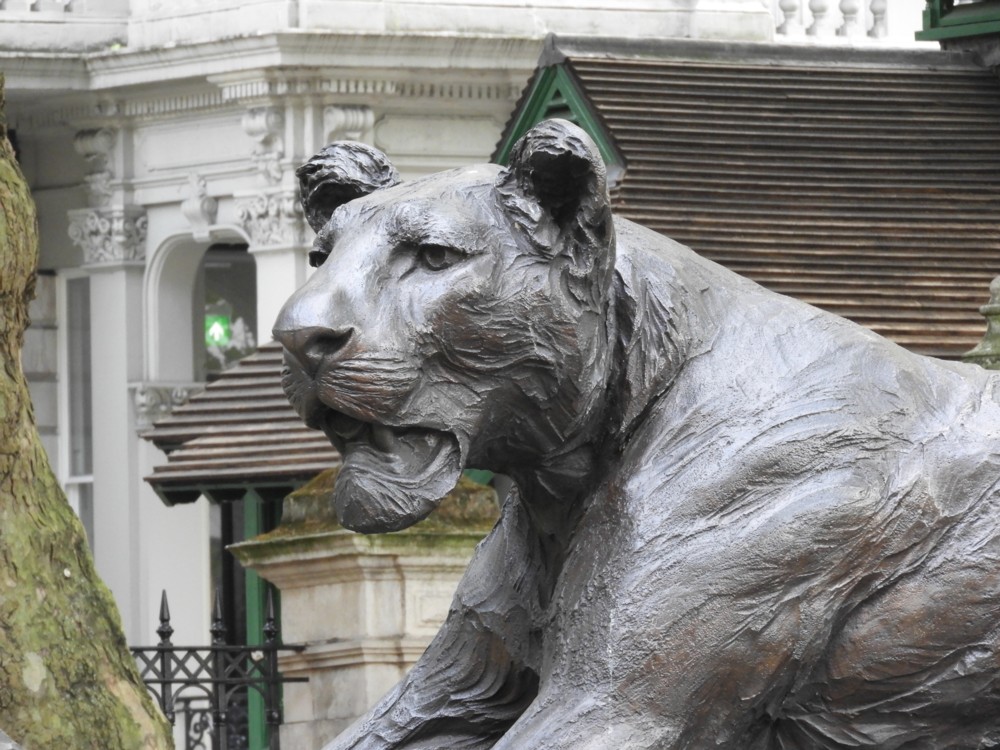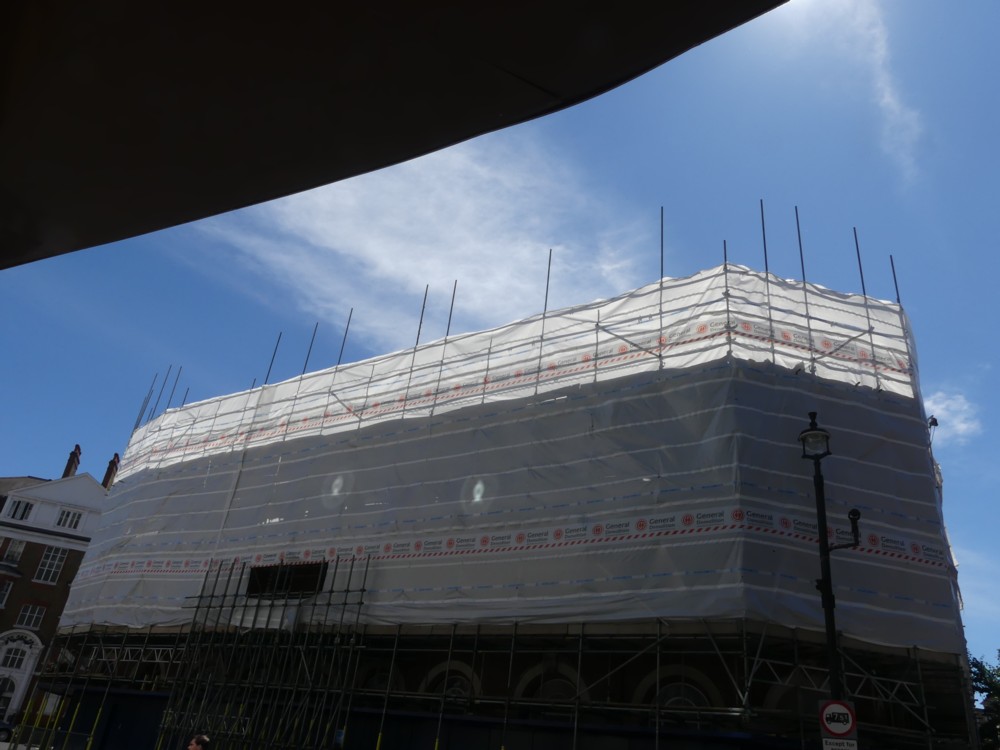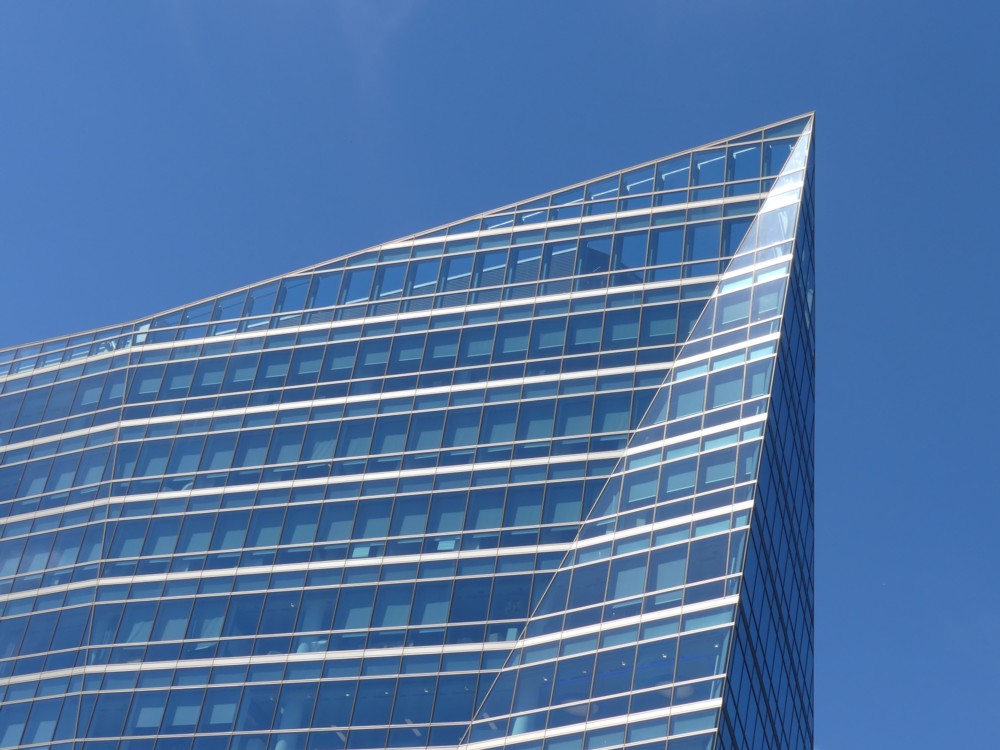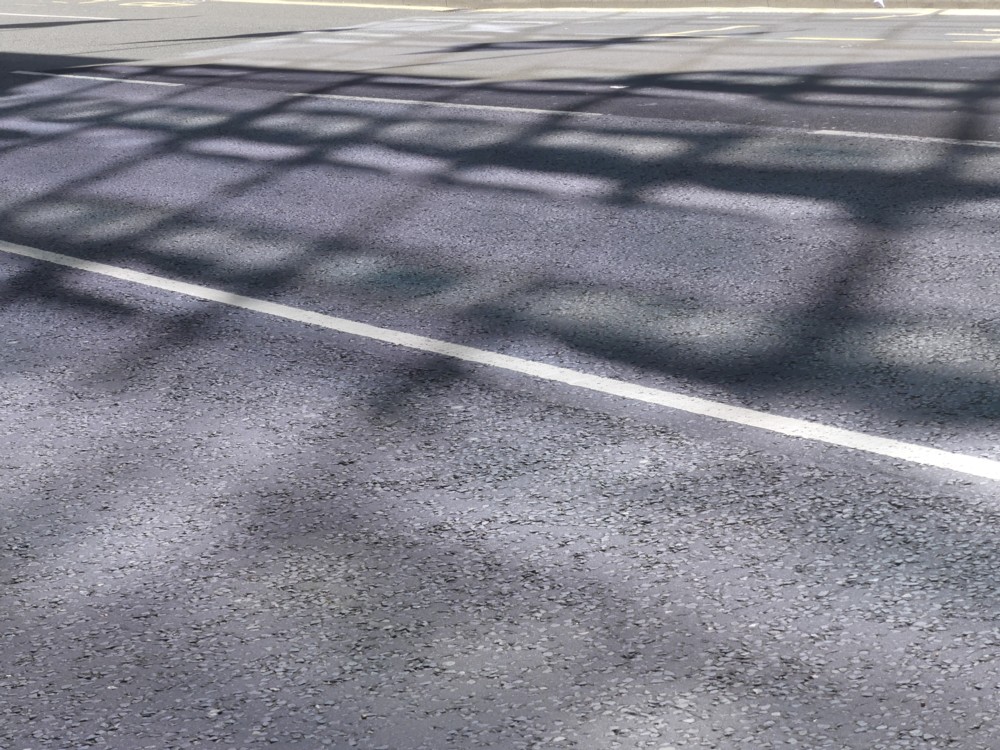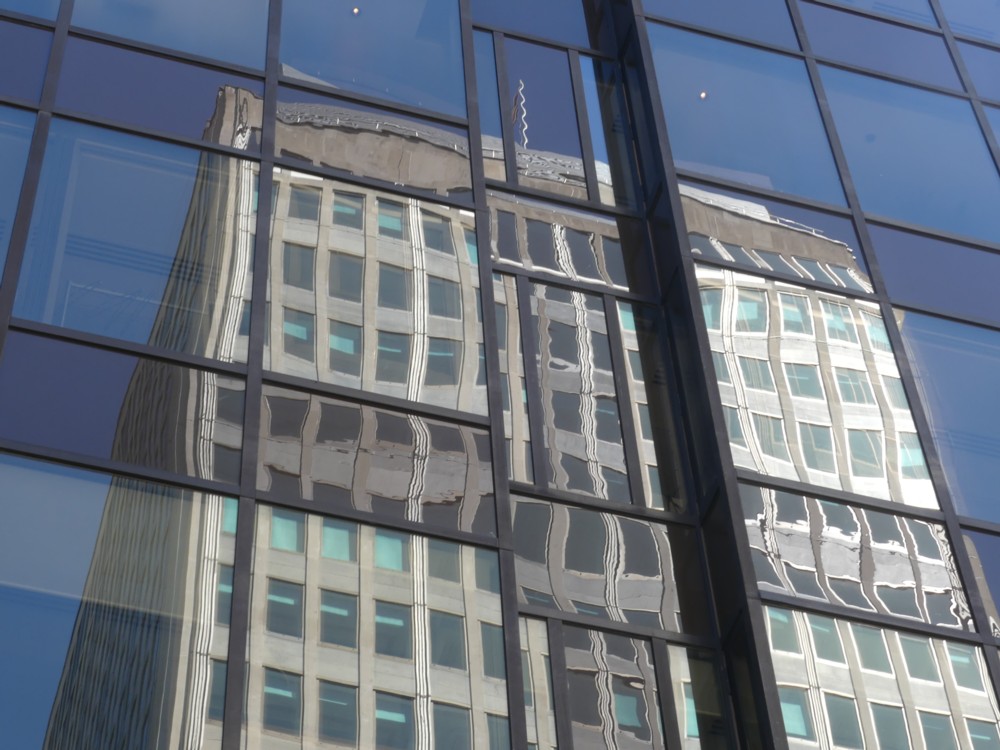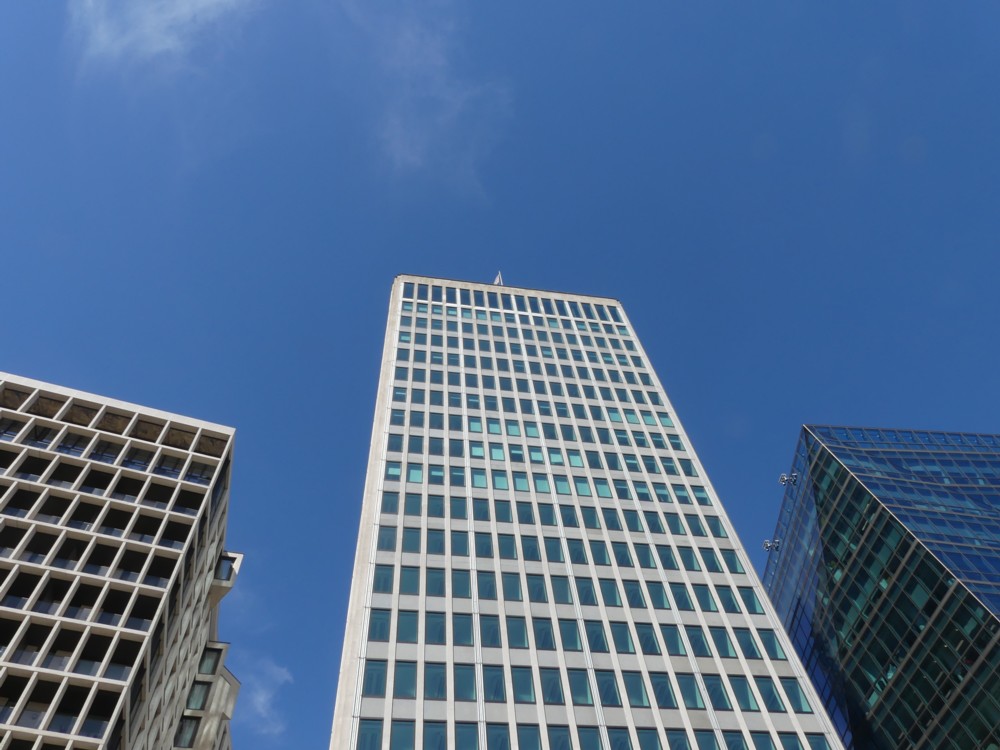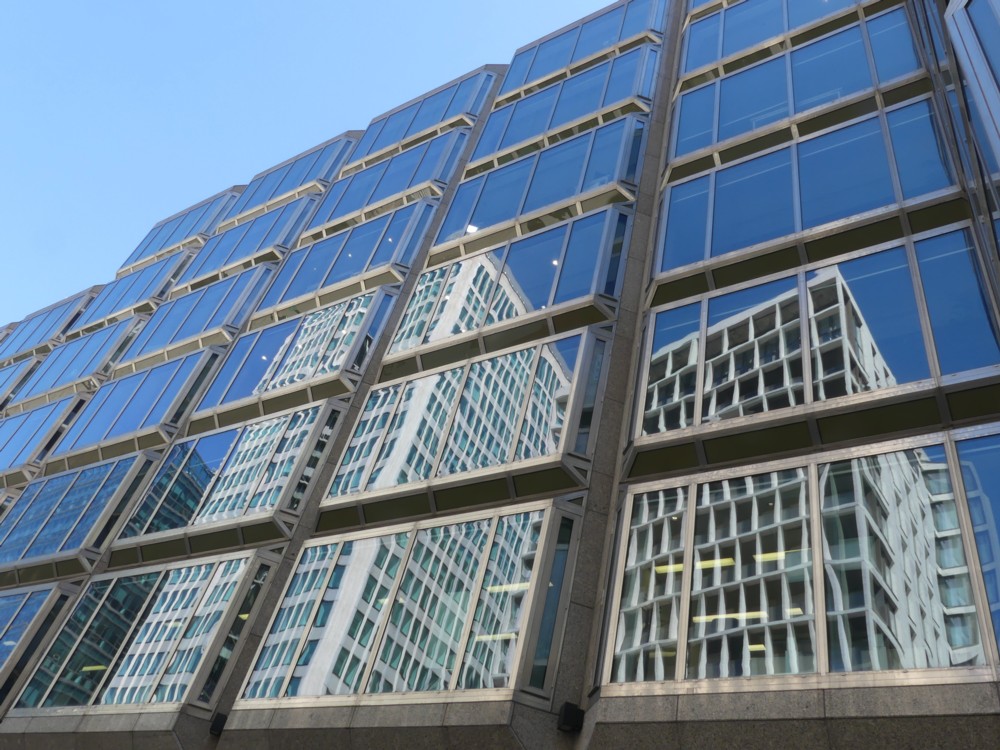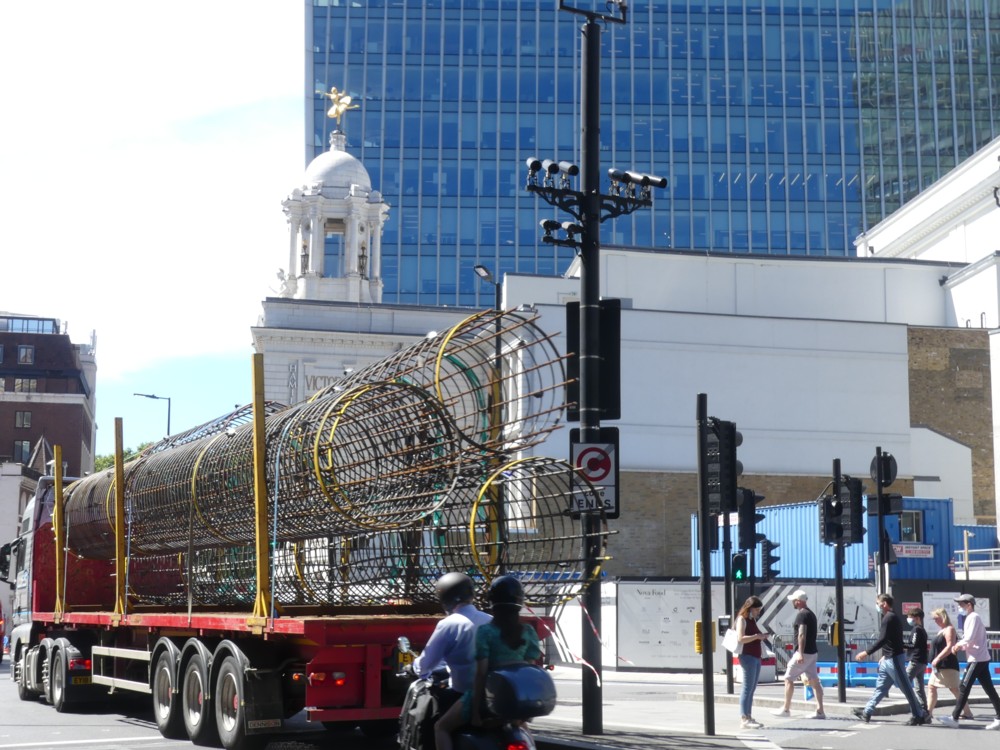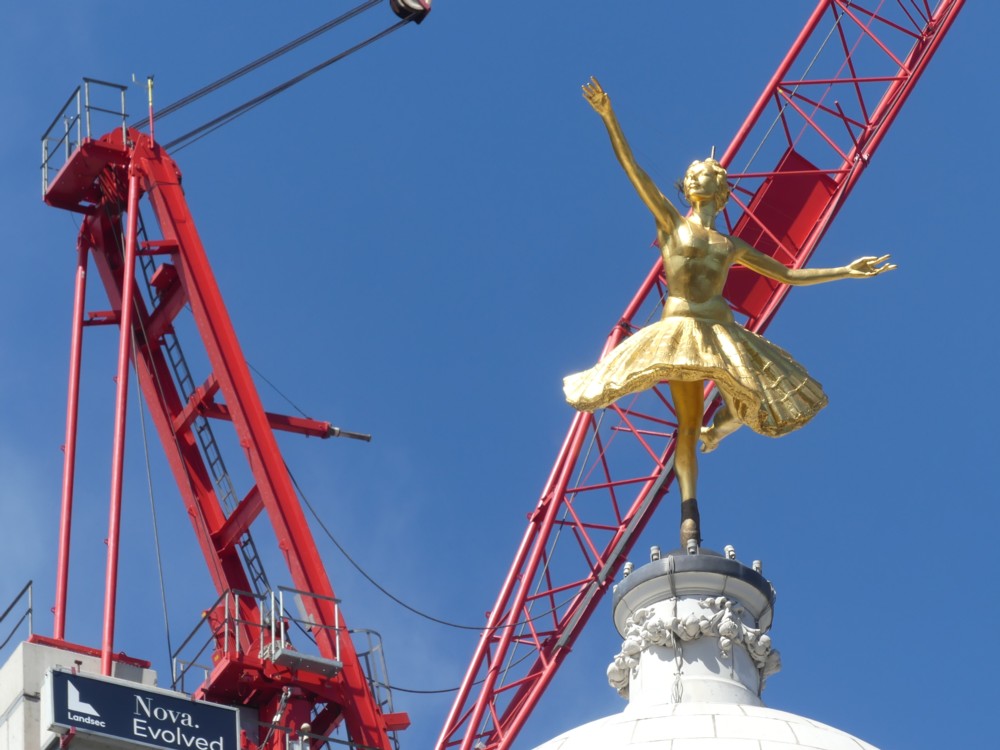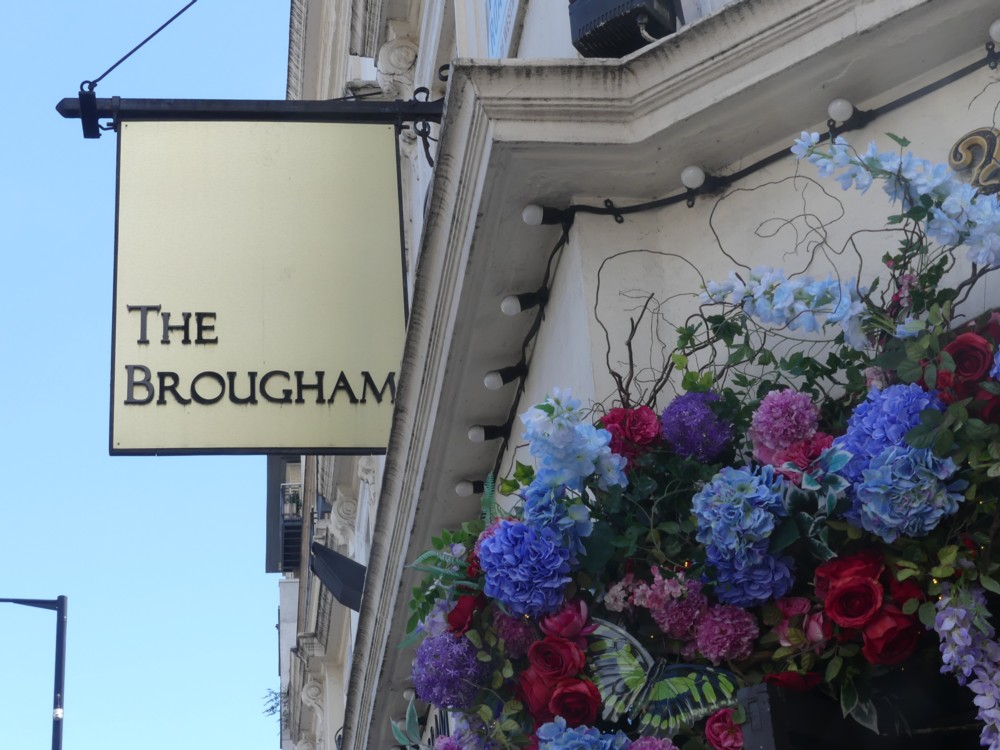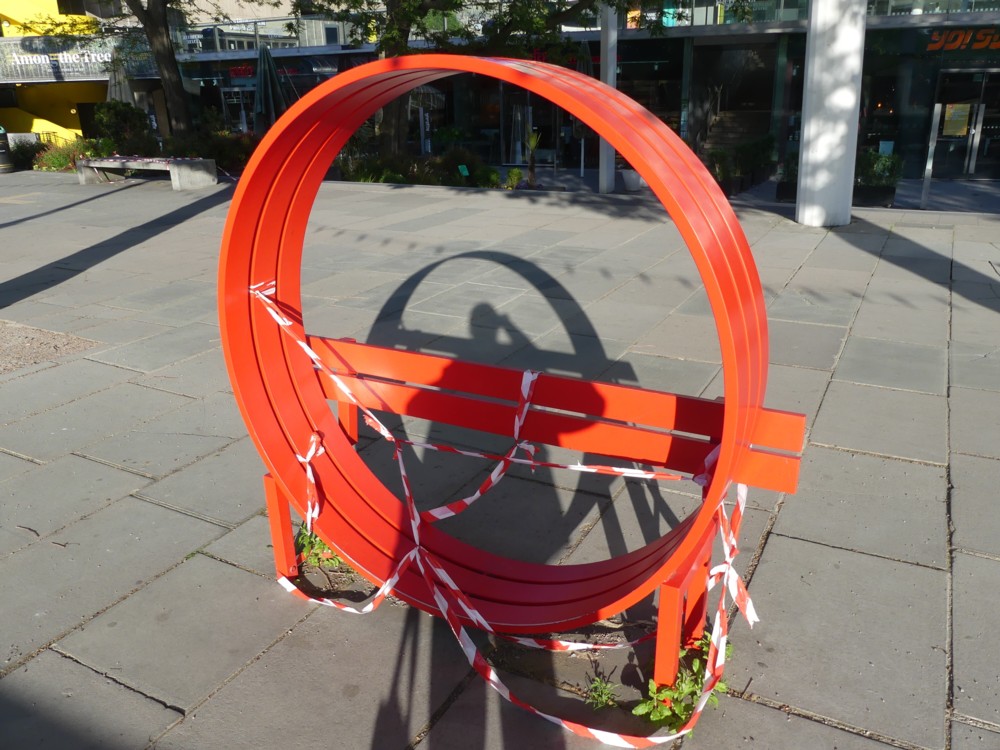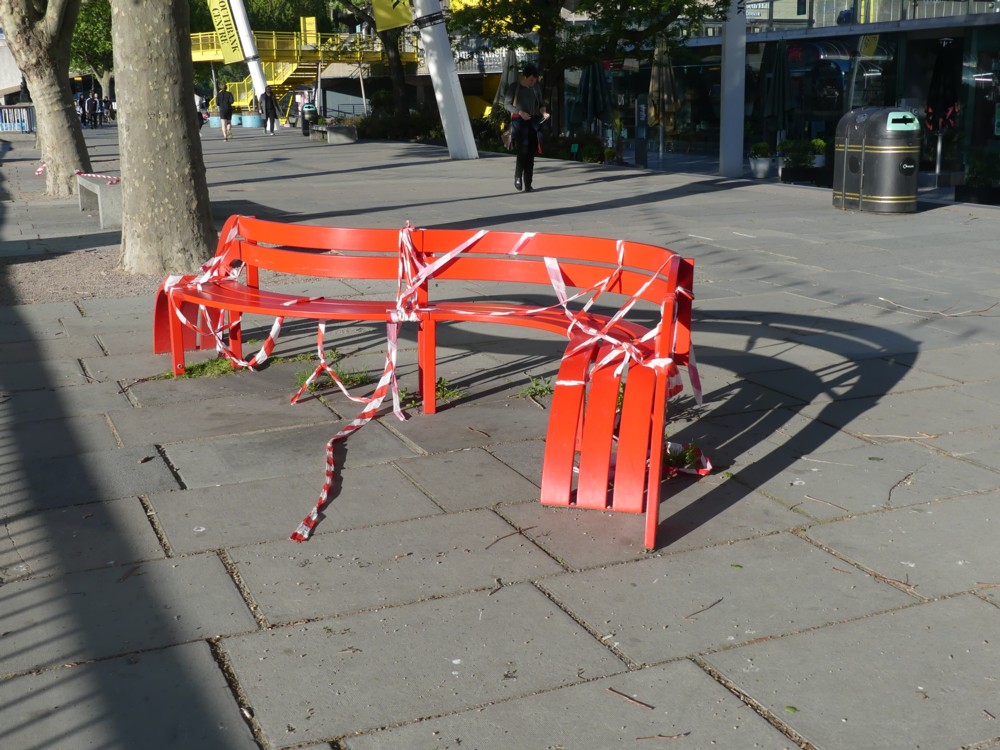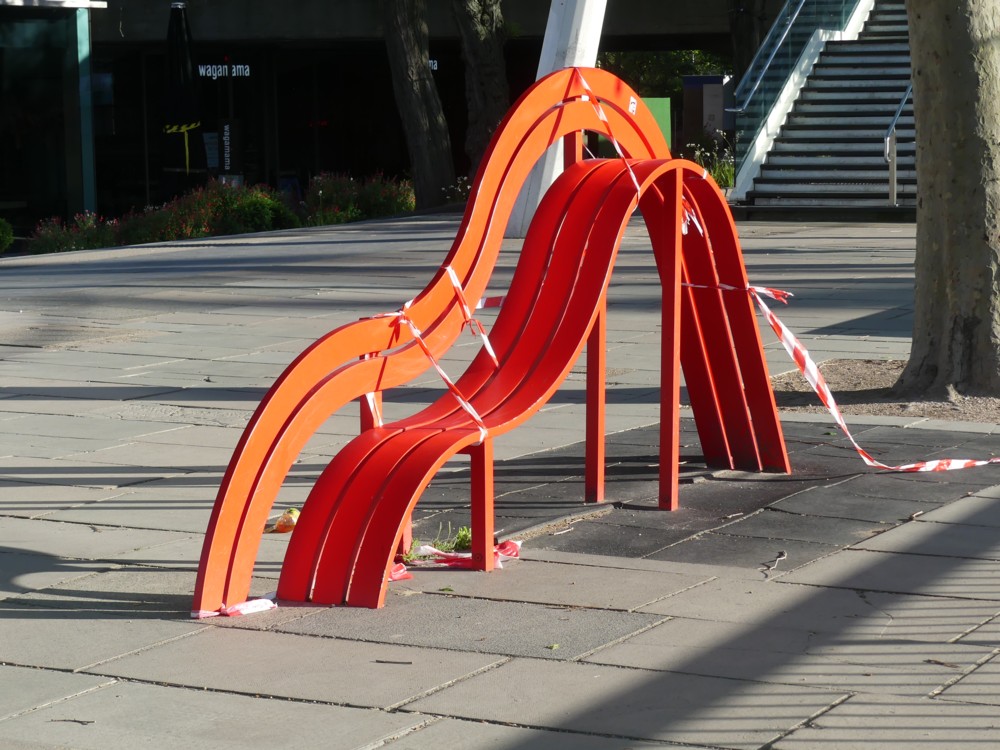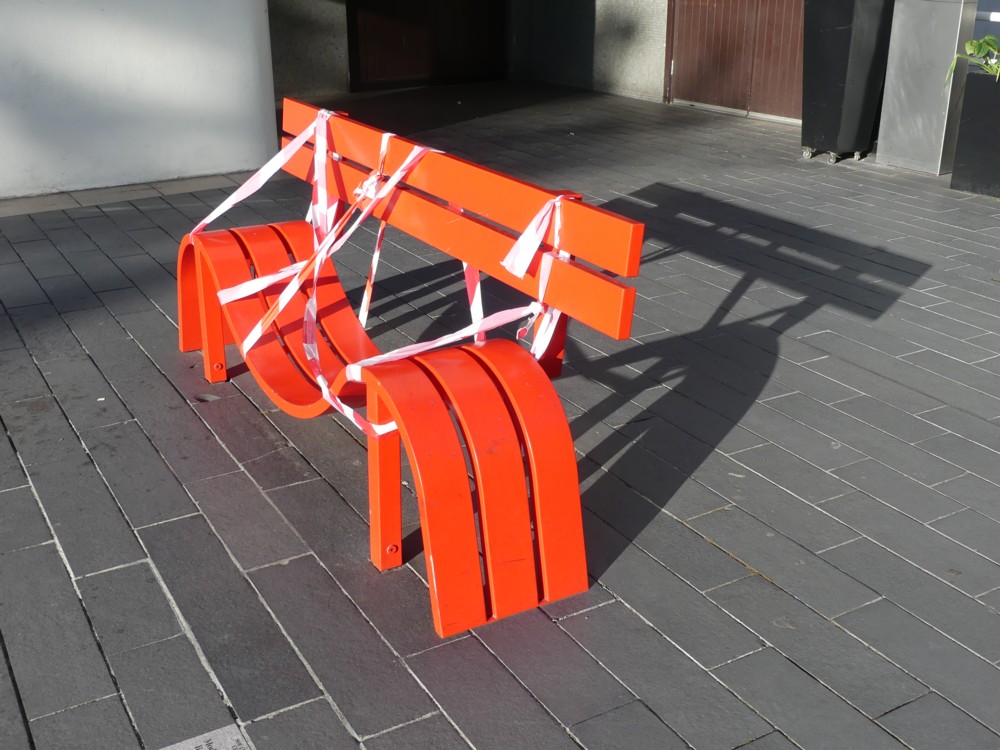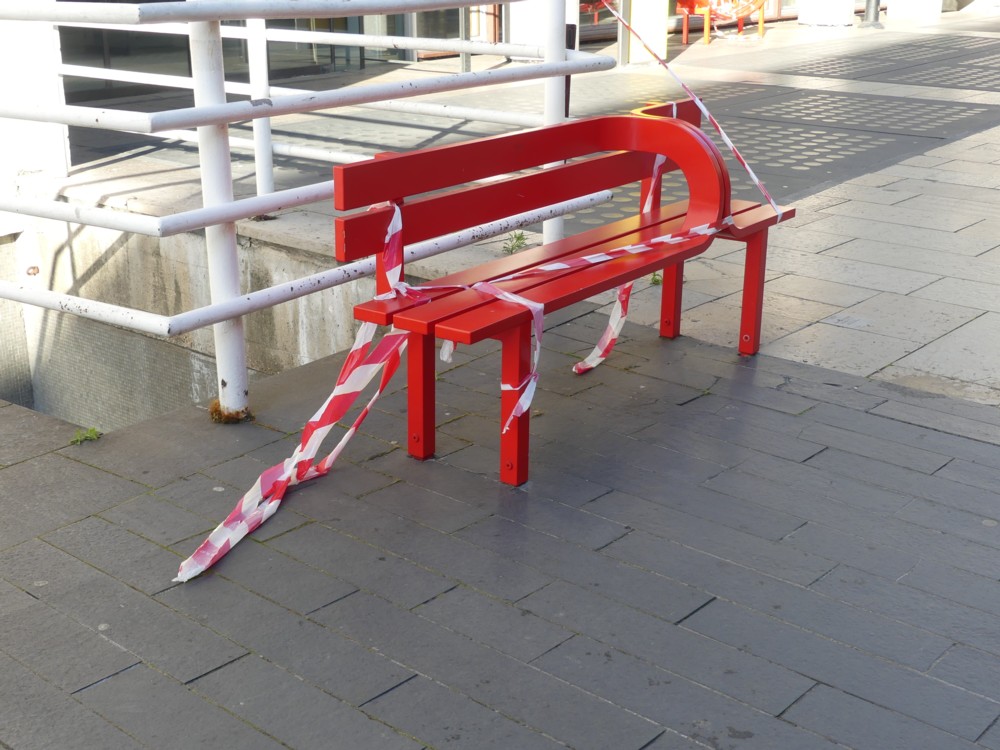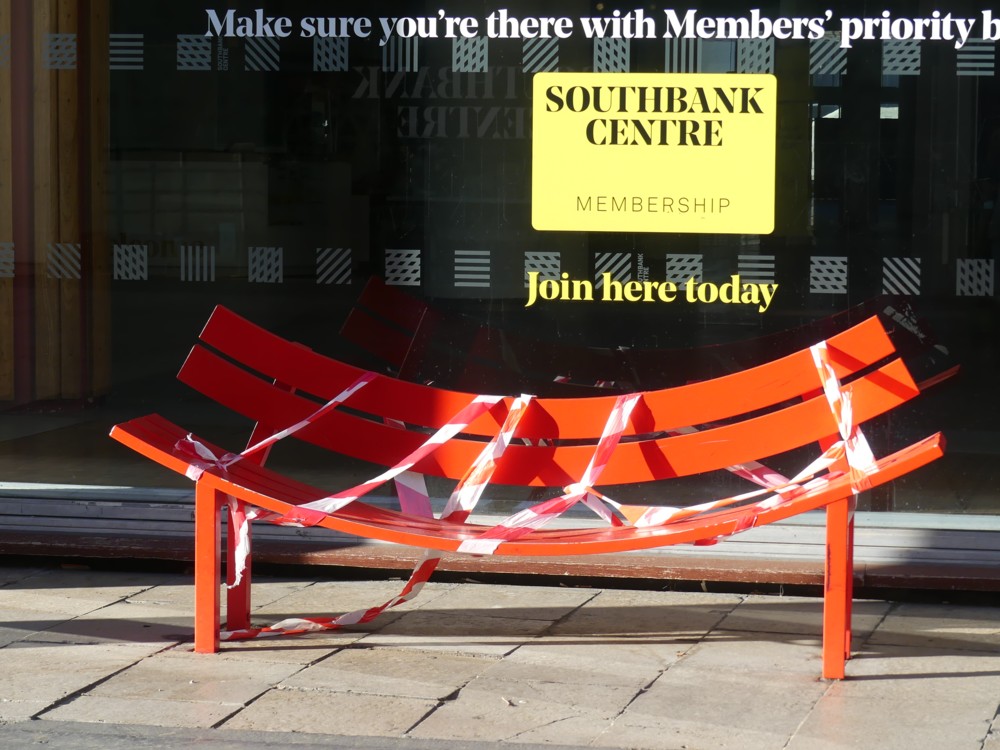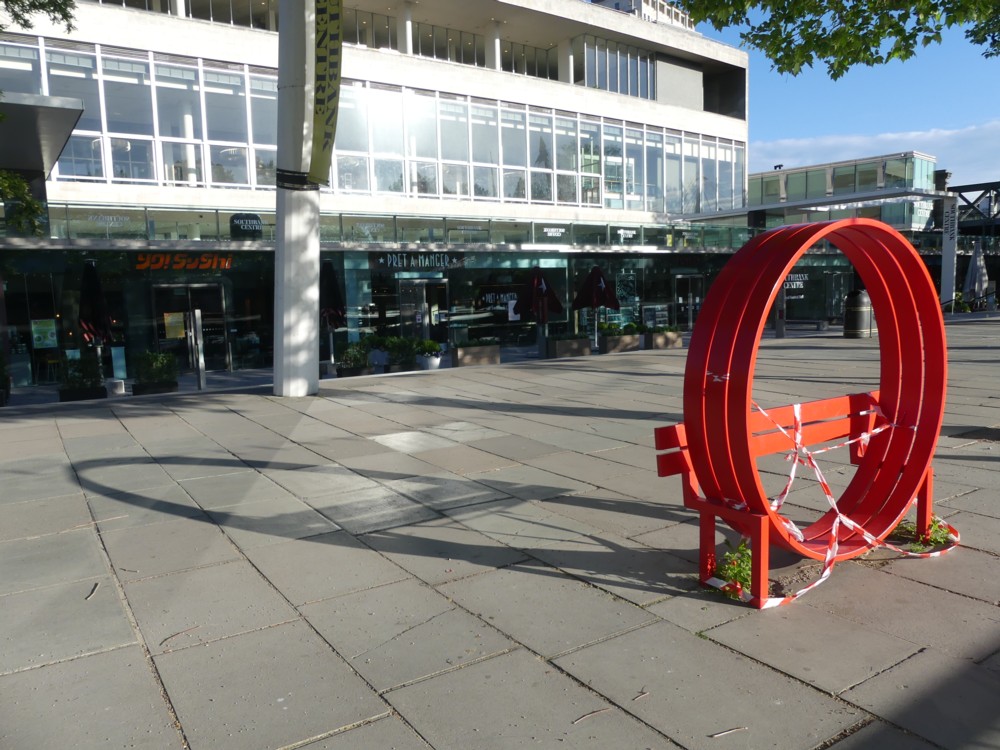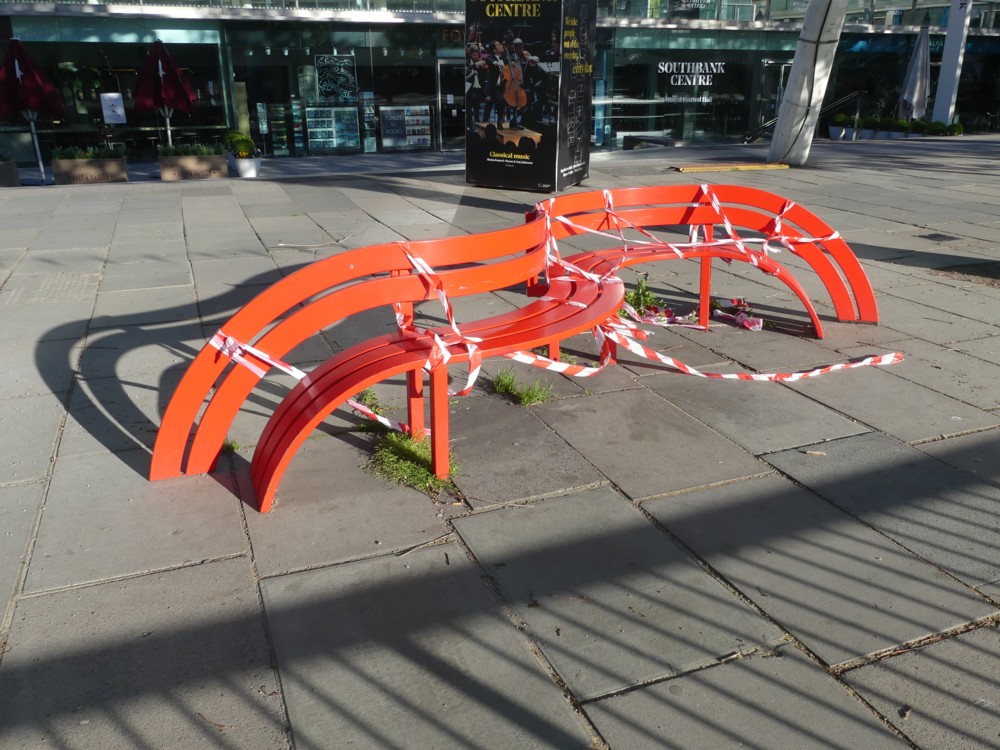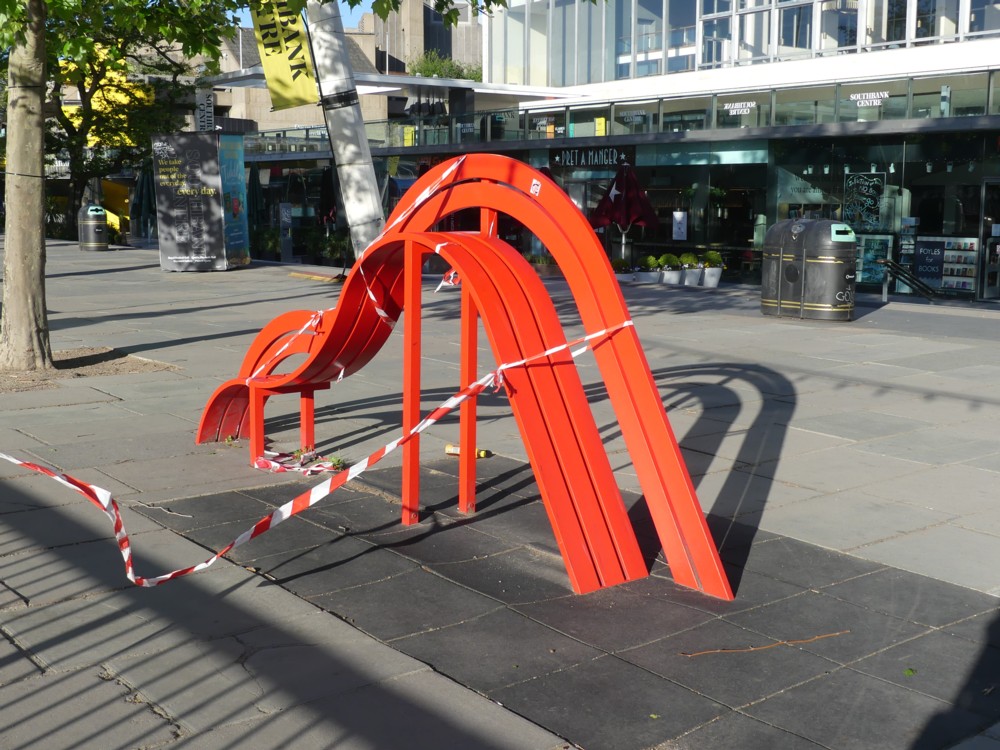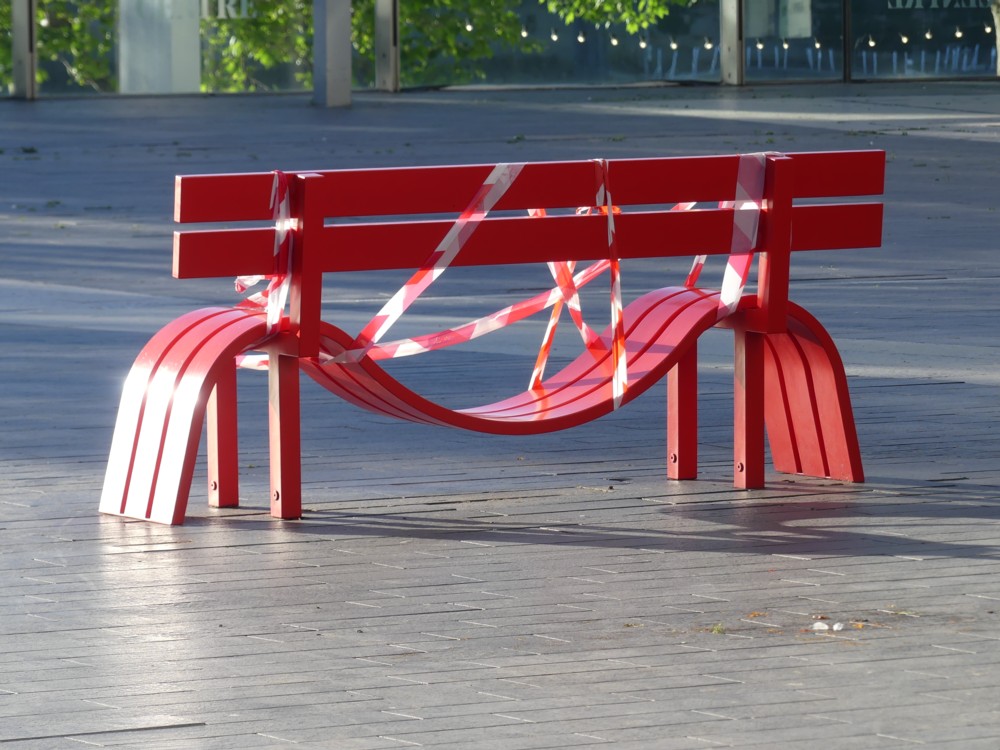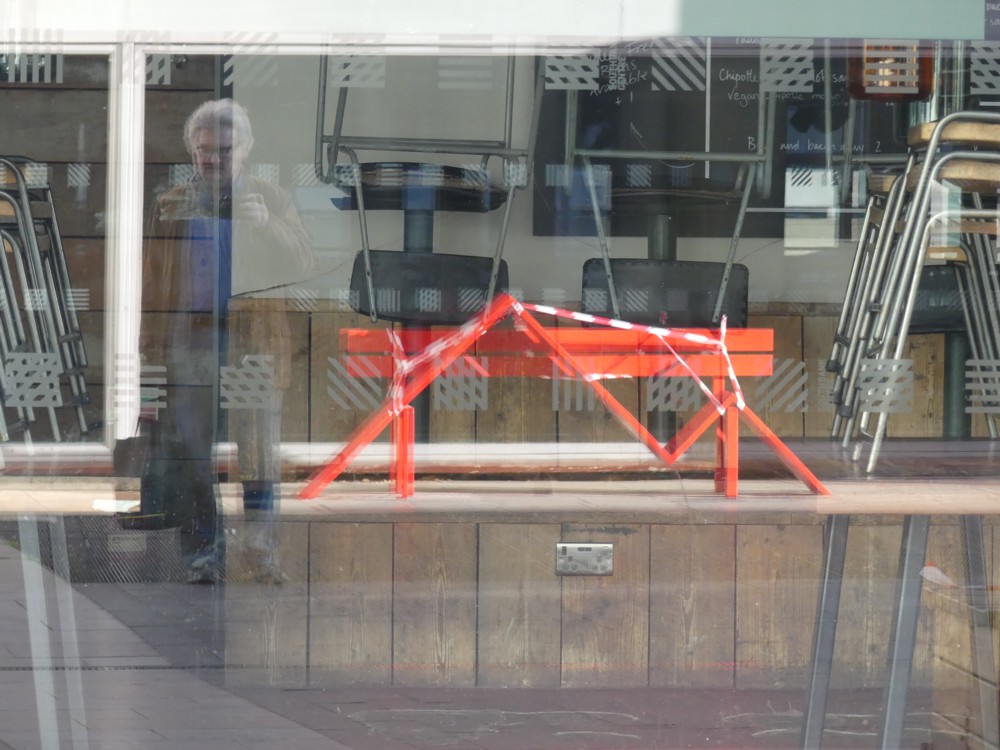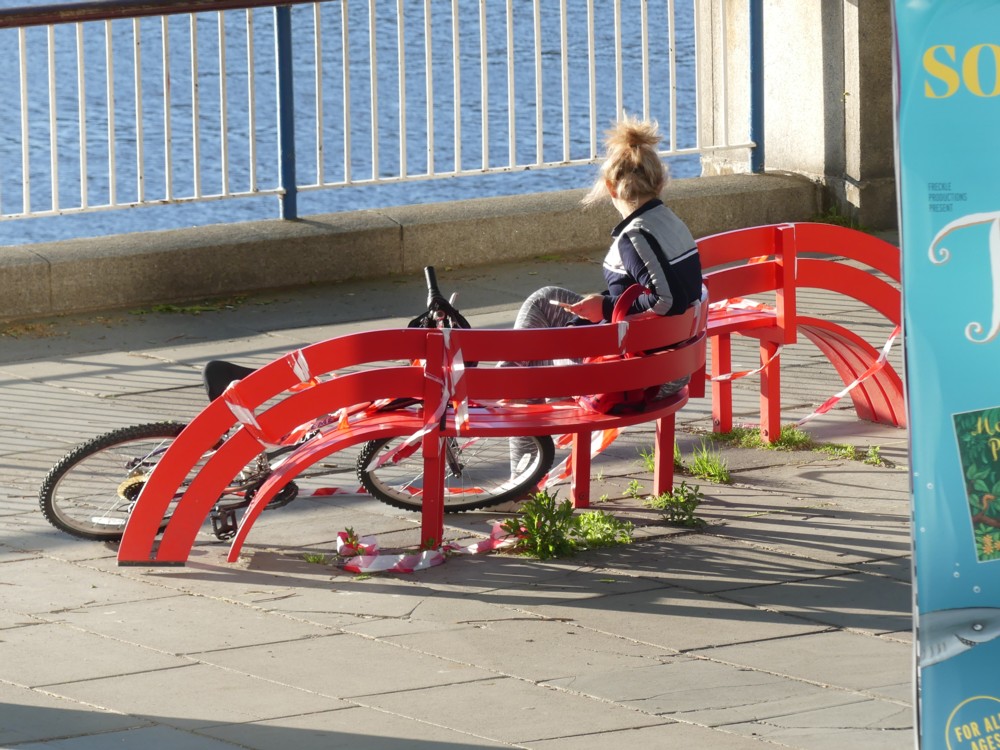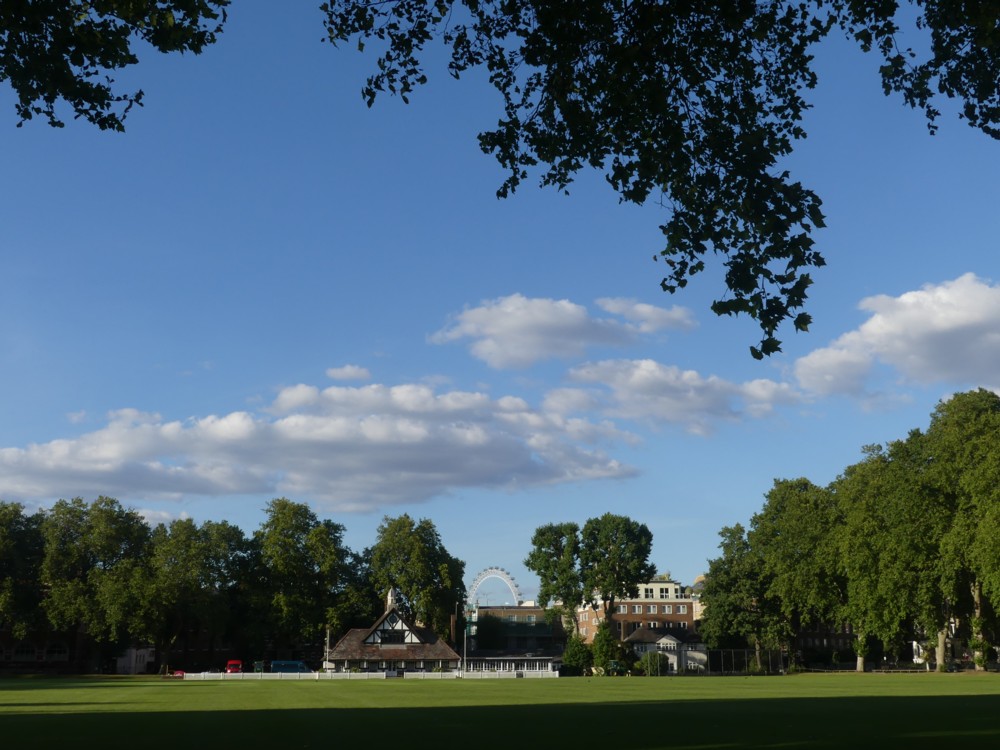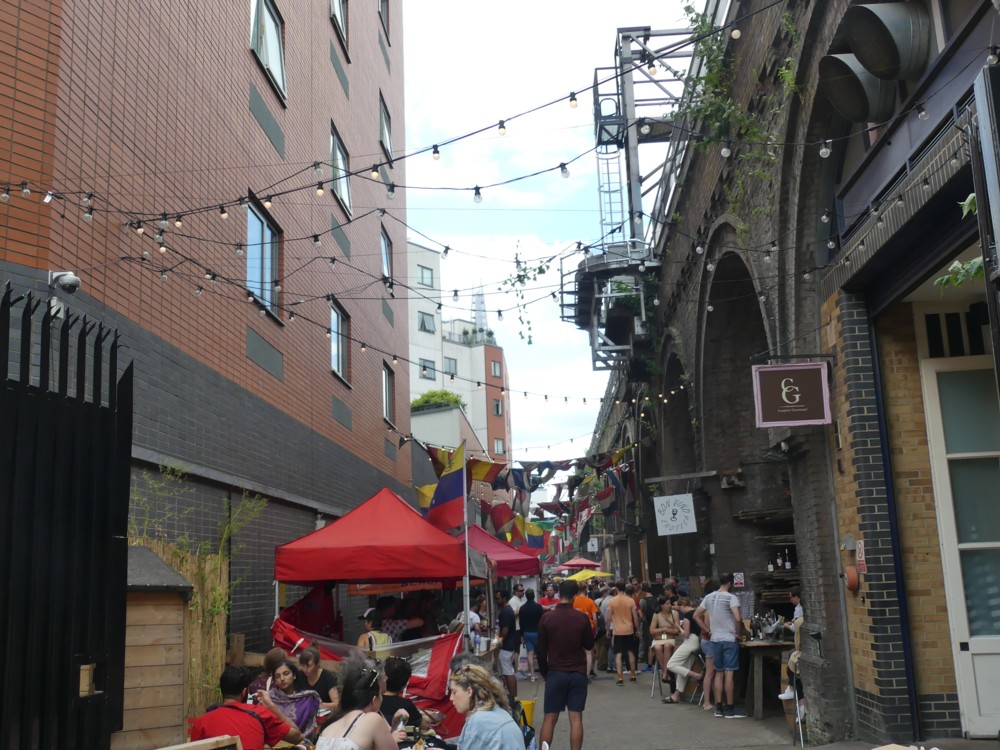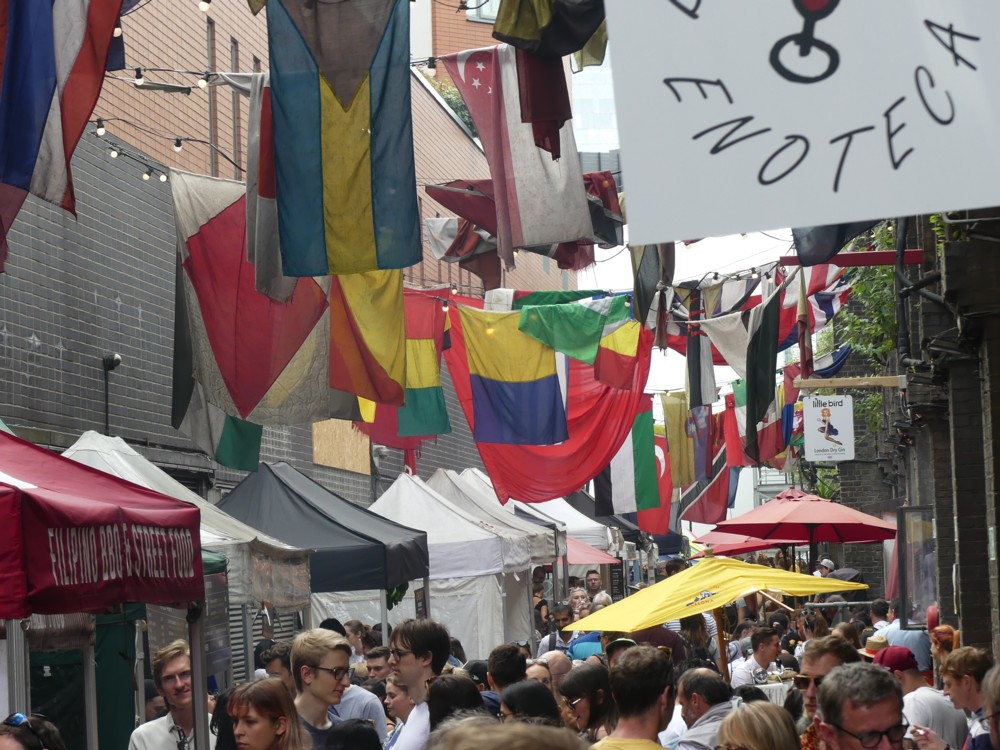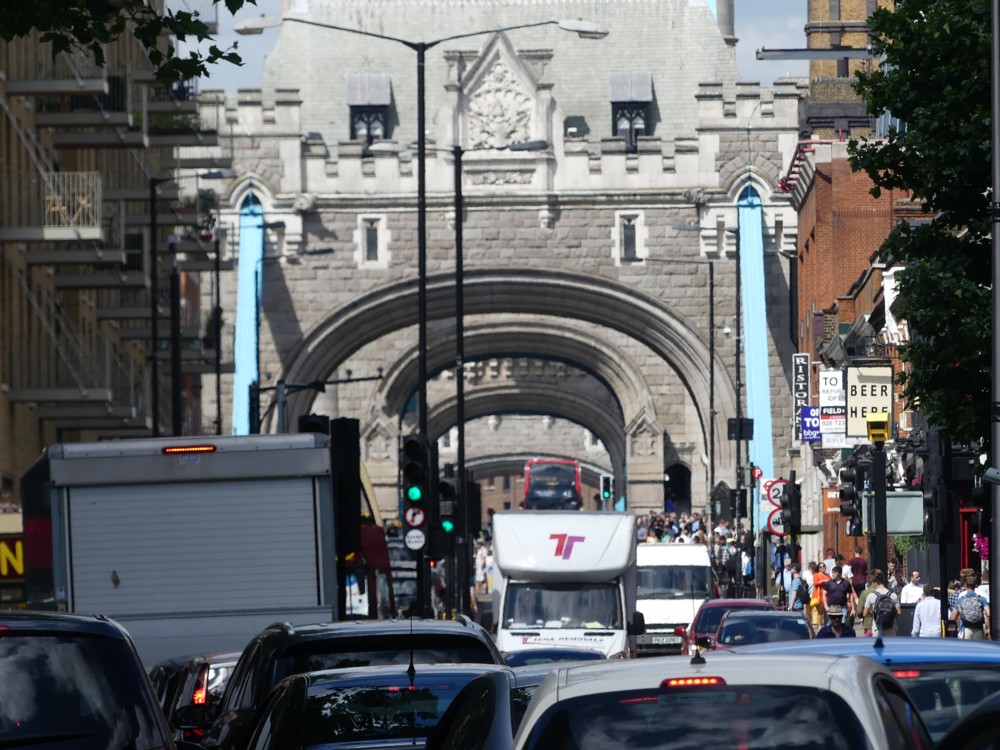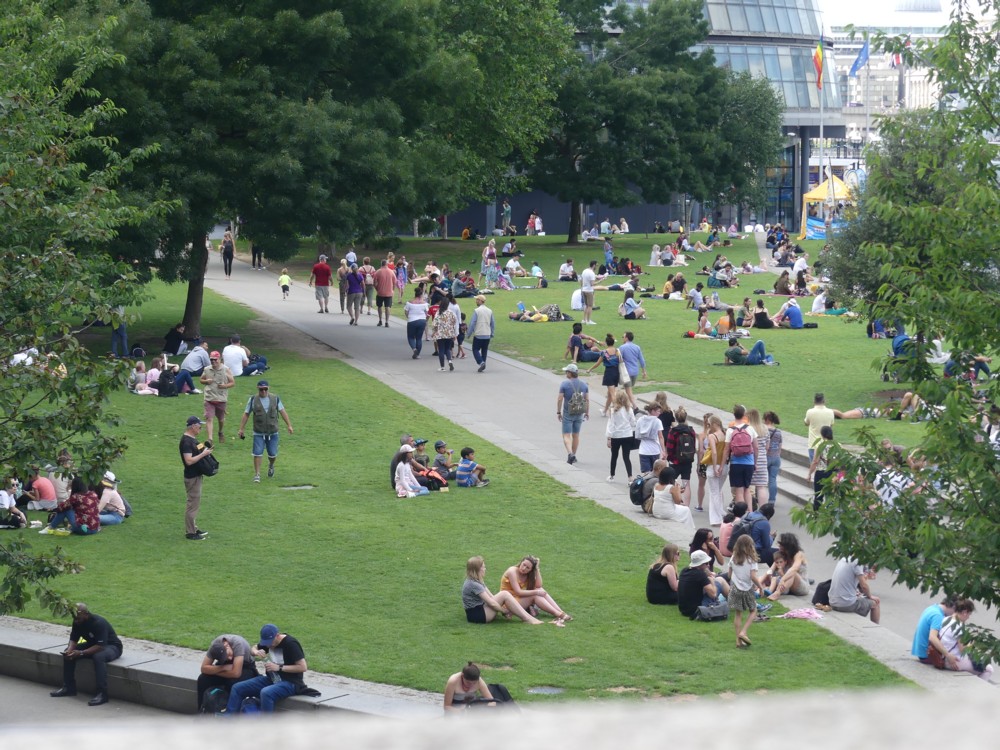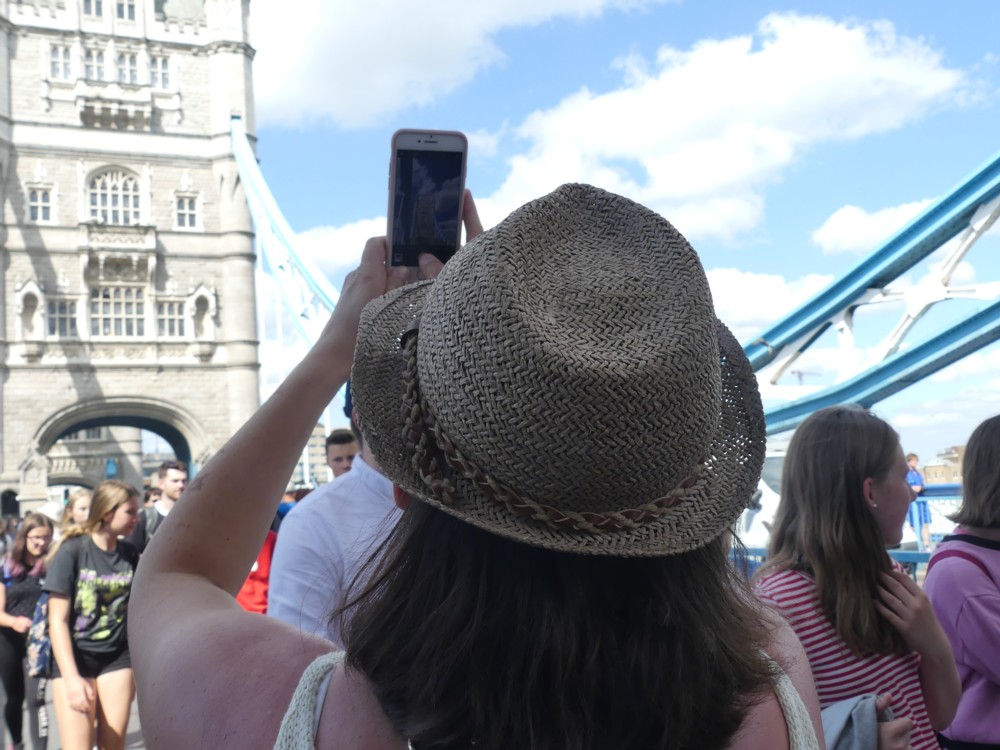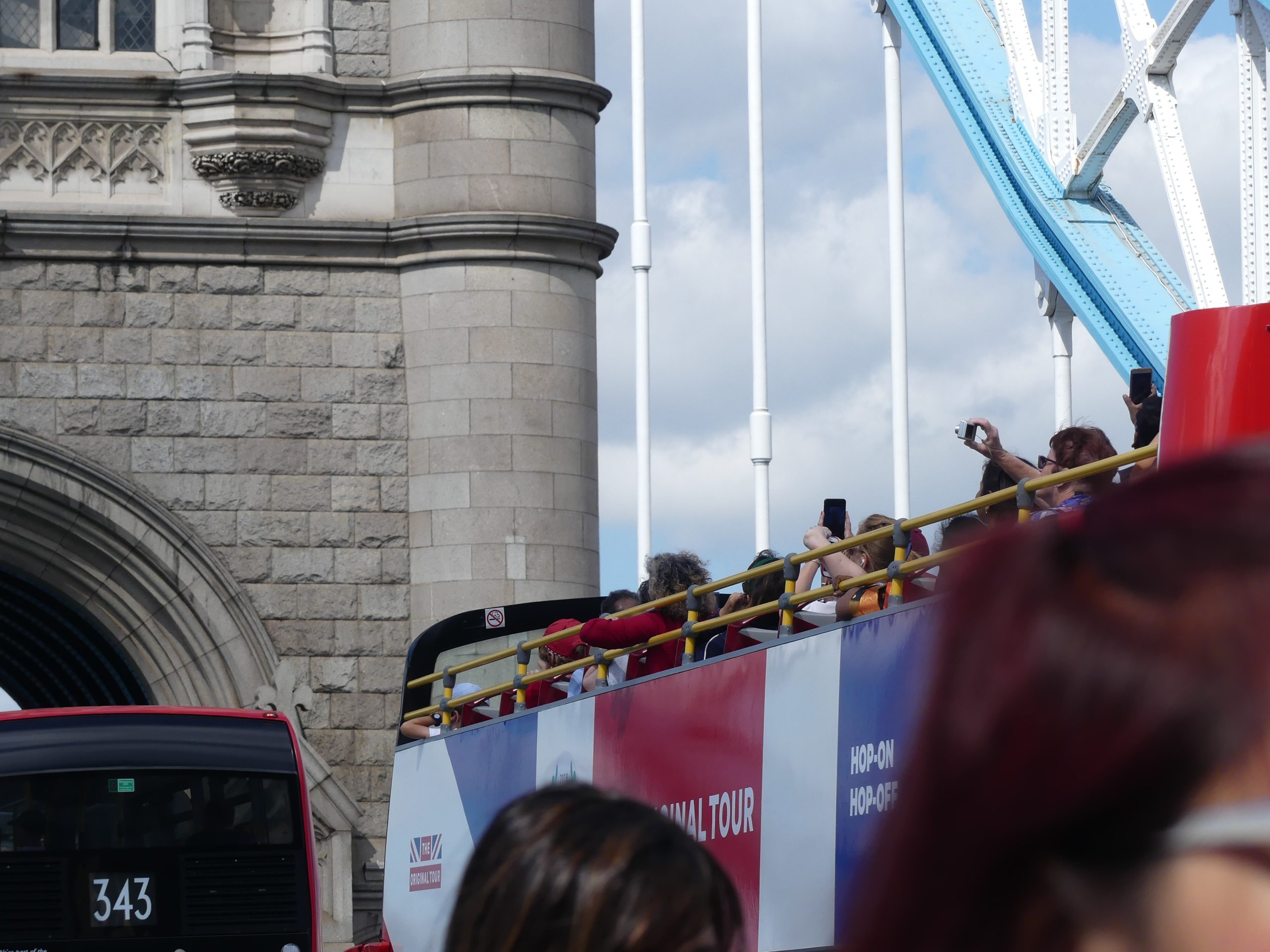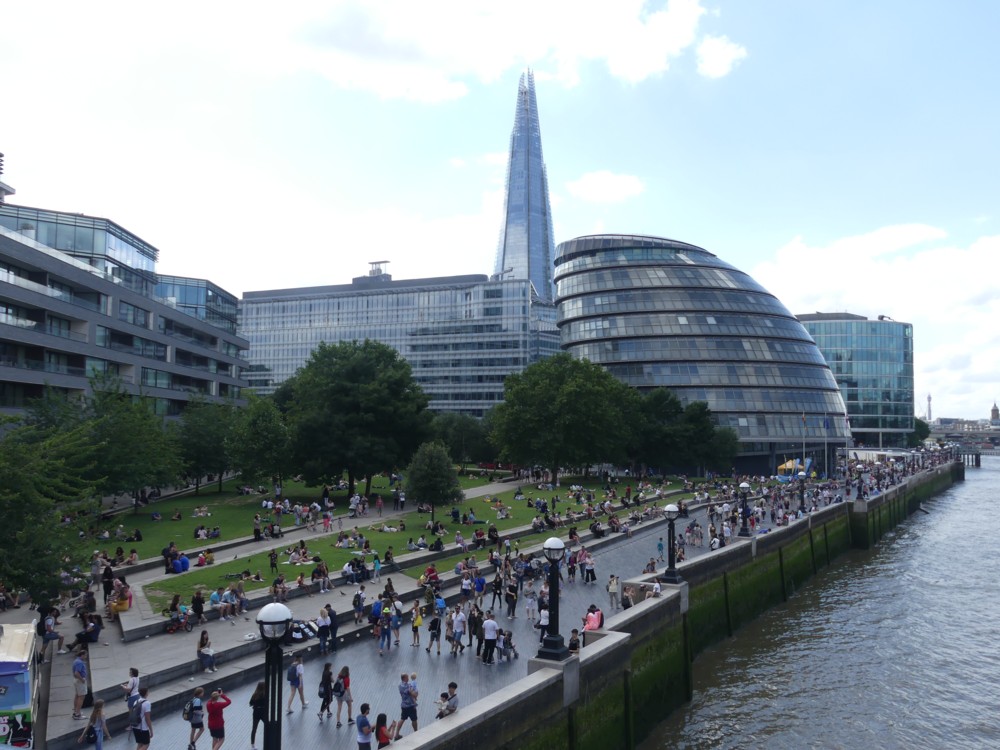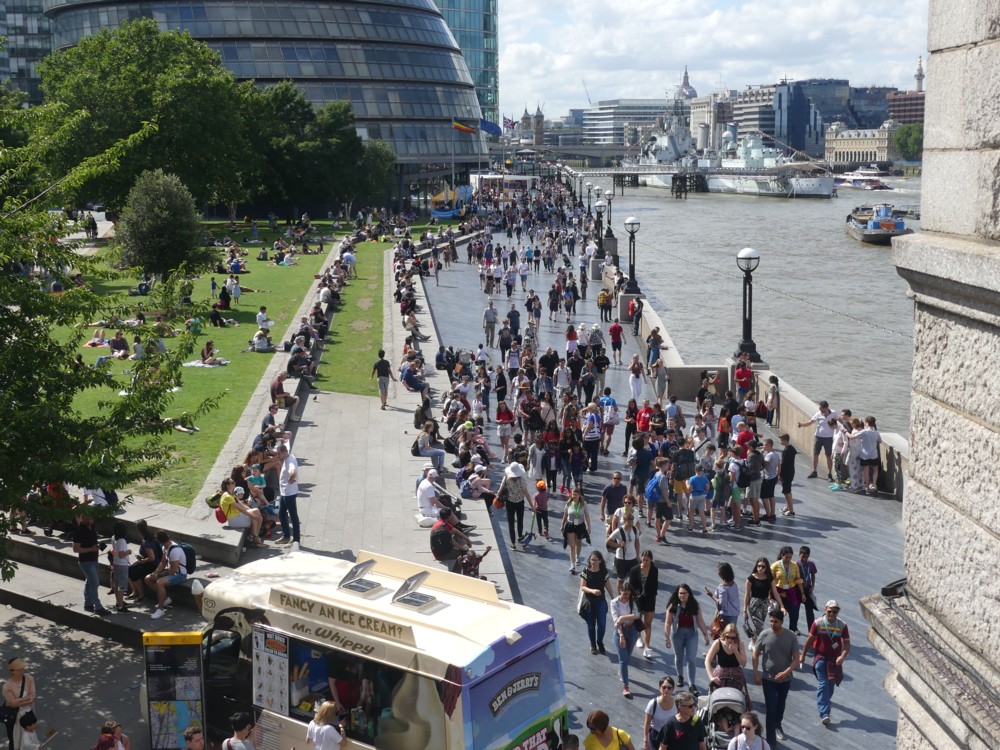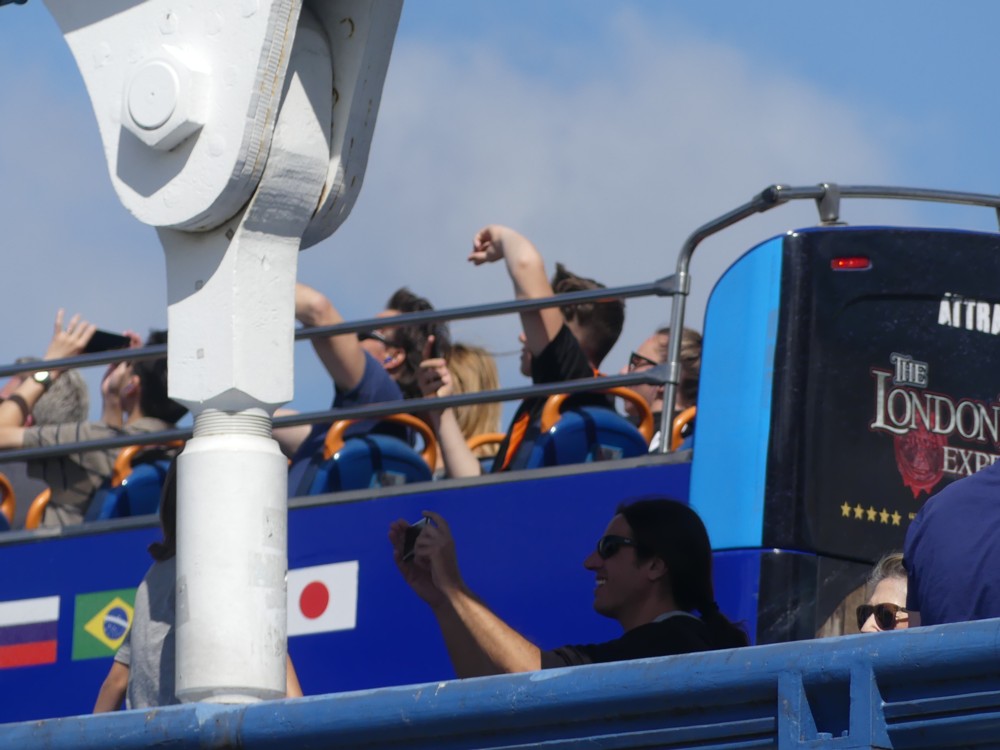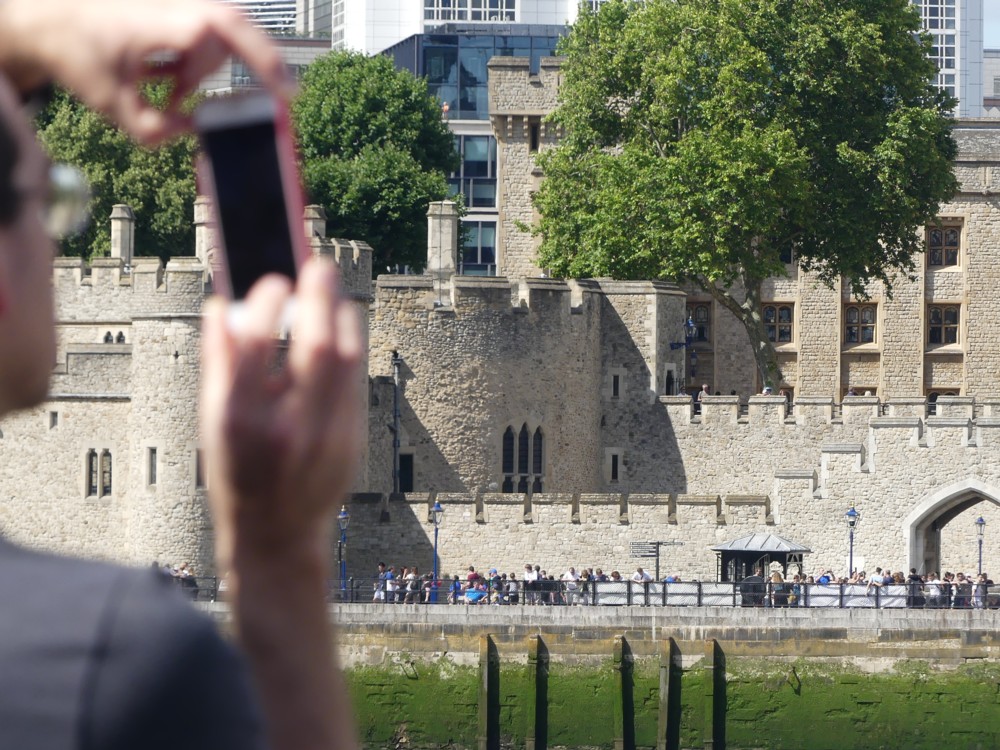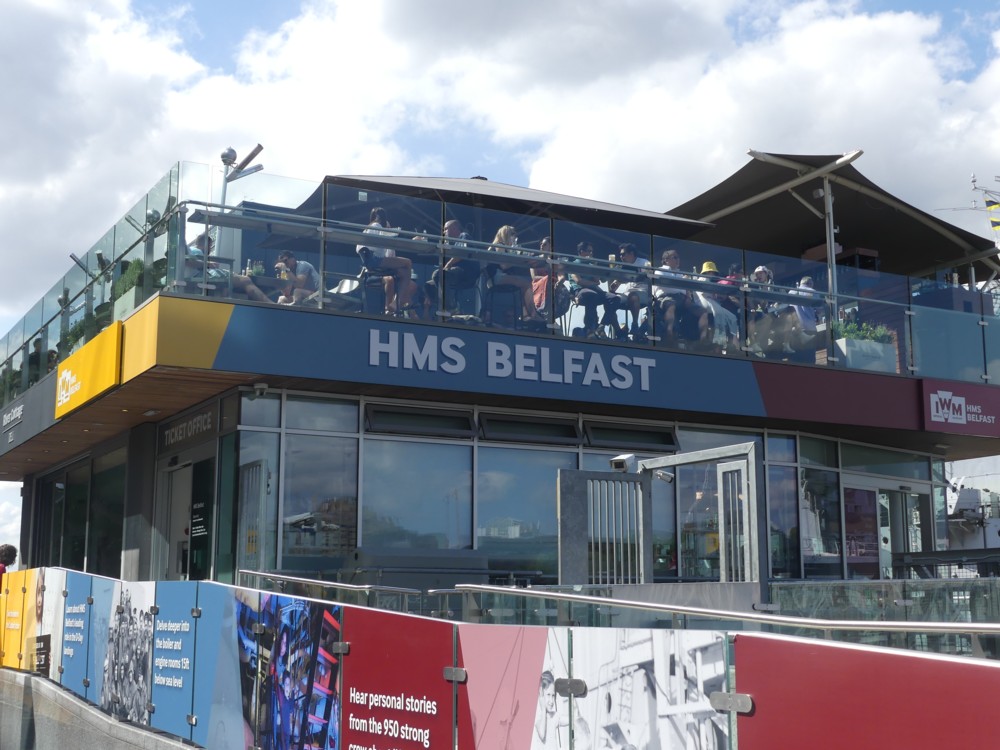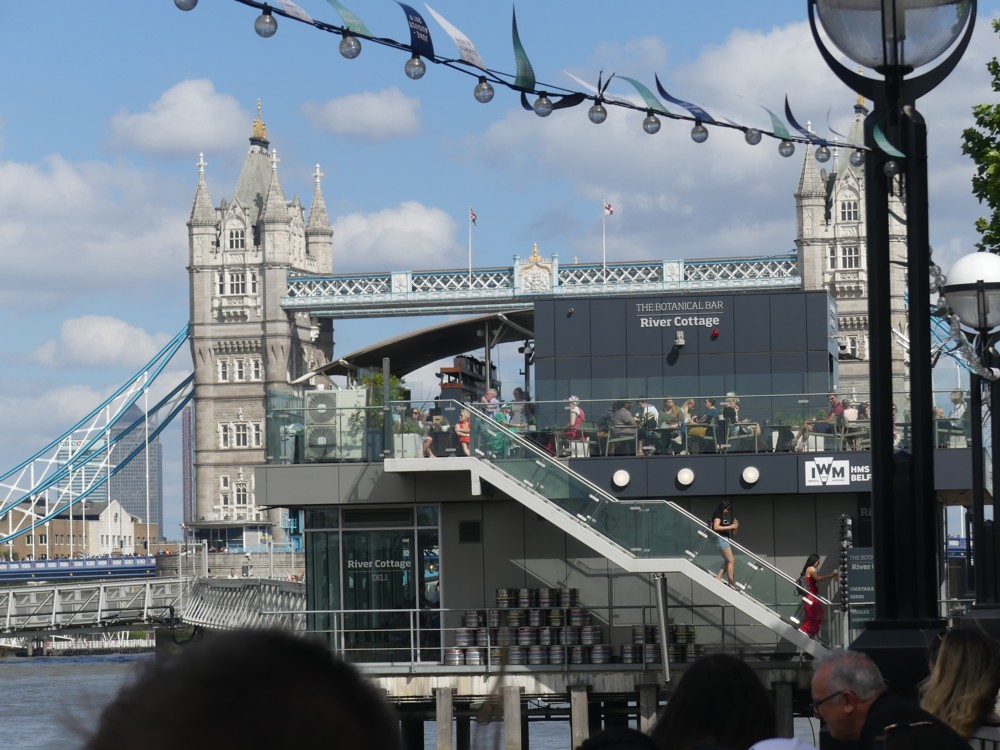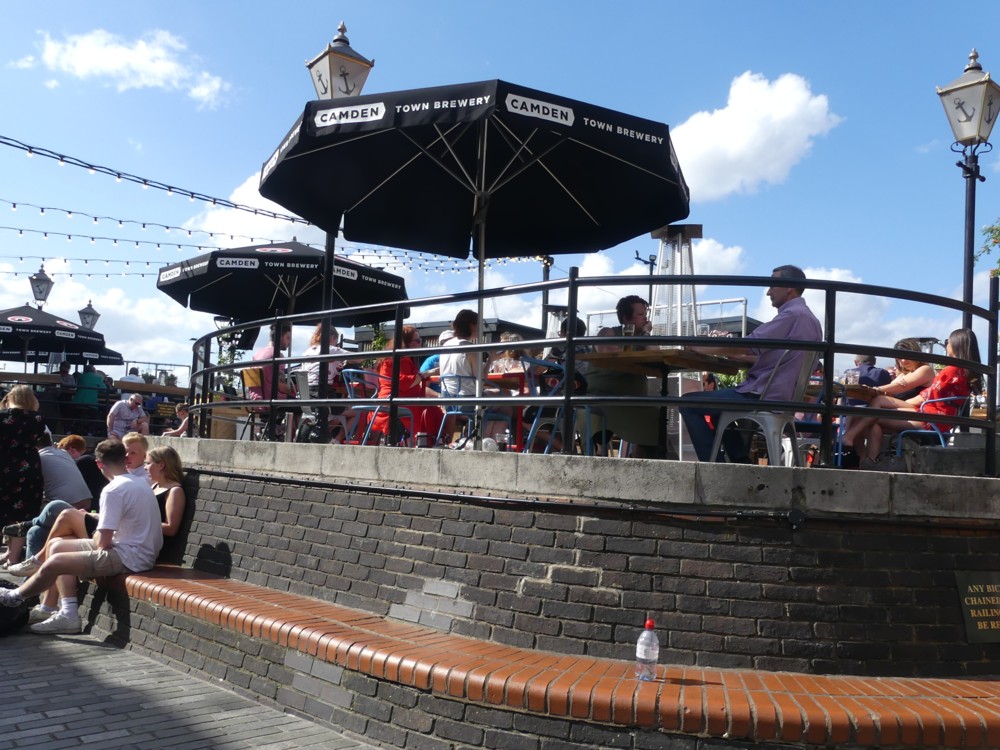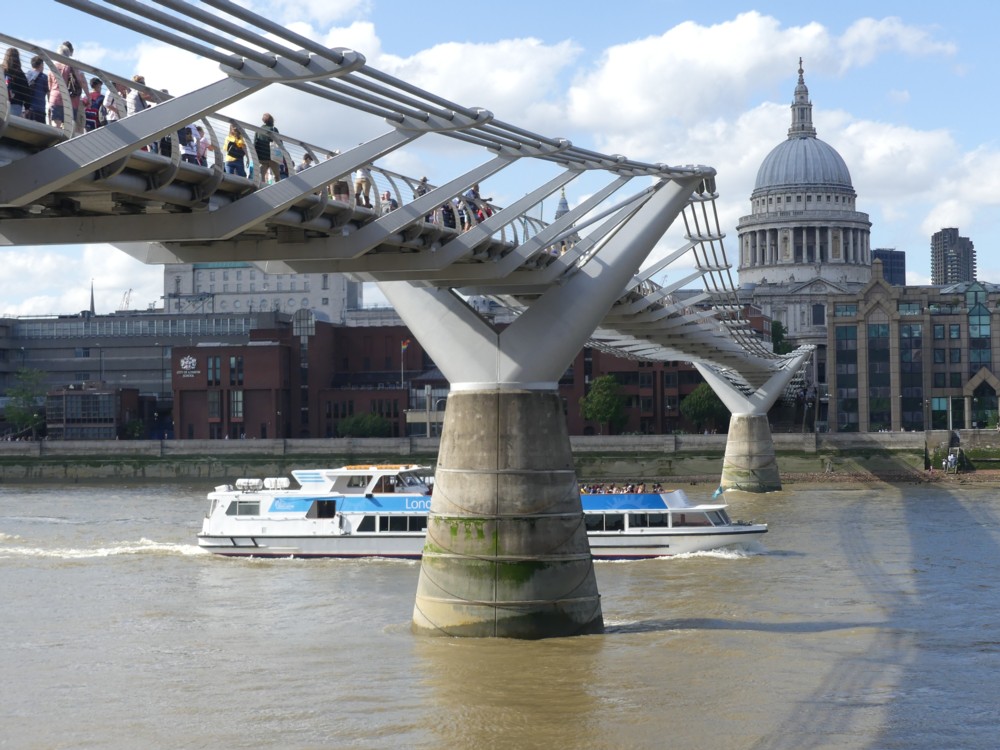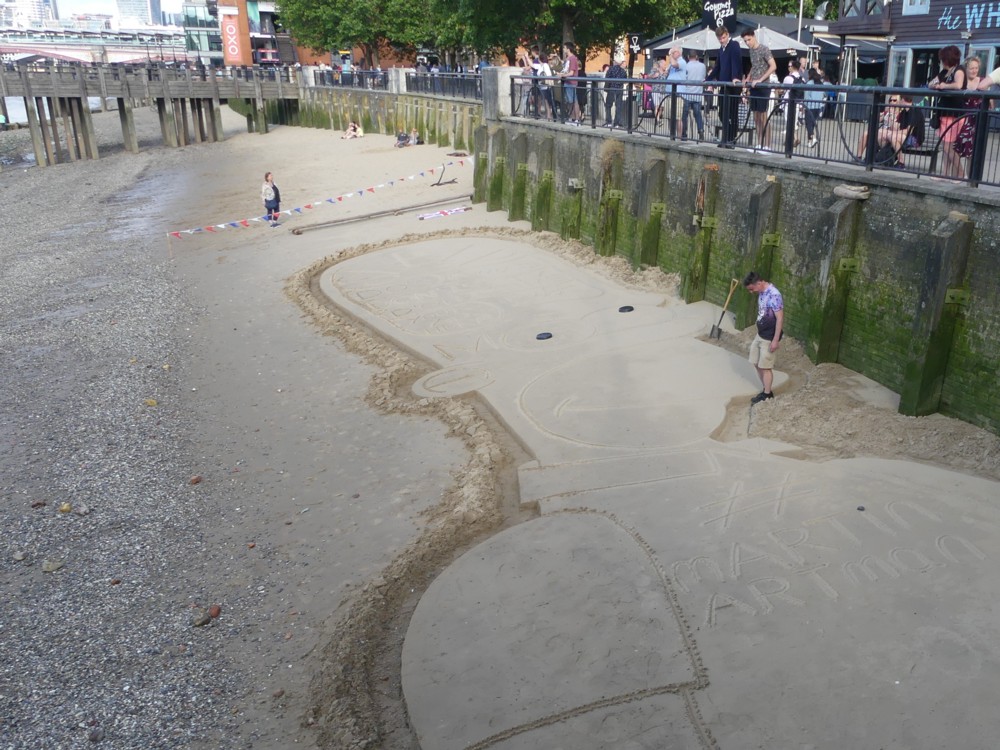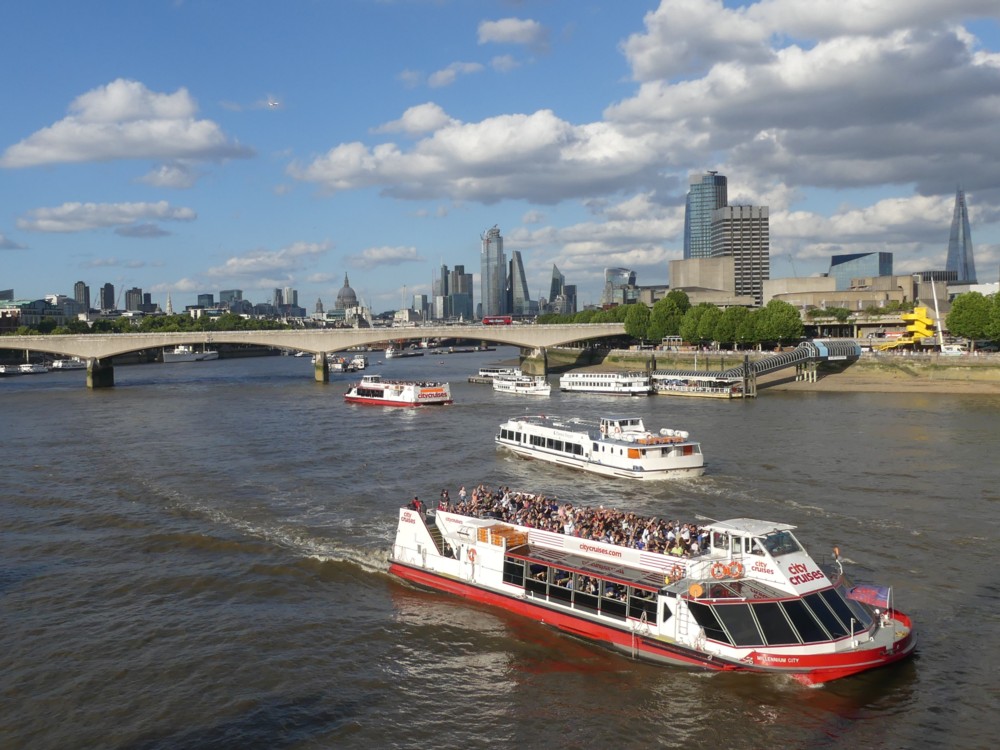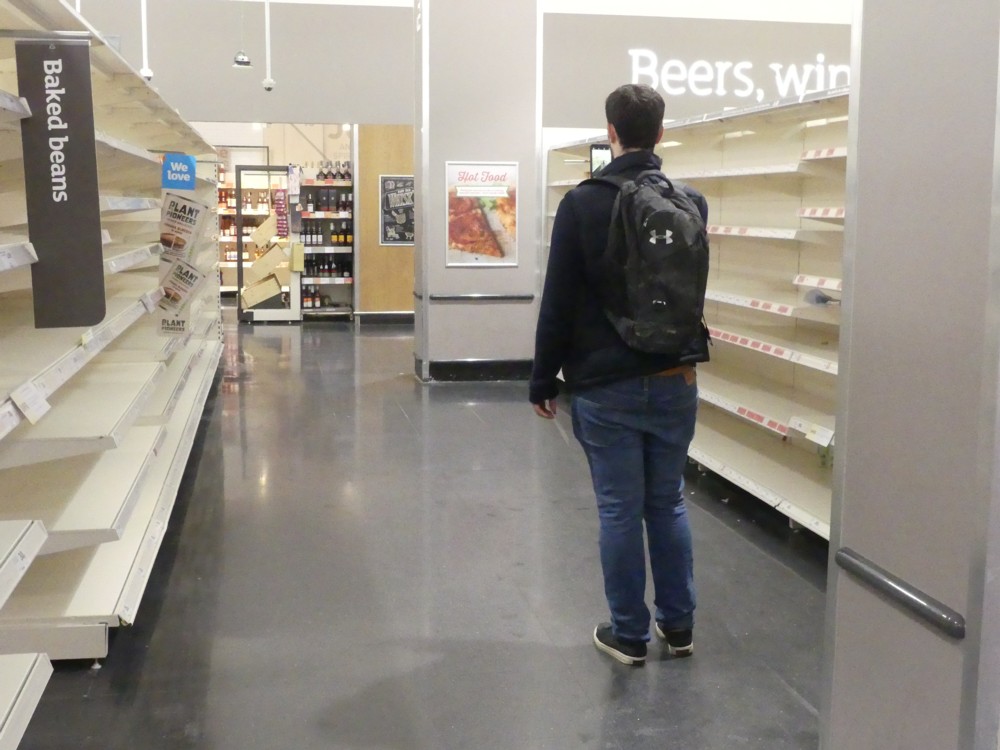Well I was in a grumpy mood the other day, calling my part of London boring. Today, after a bit of an absence from it, indoors, I visited my neighbourhood again, and found myself, eventually, to be in a much sunnier mood than I was when I did that earlier posting.
This was partly because the weather was much sunnier, and partly because my expedition began with a deeply annoying visit to a rather unfamiliar branch (which I hate) of my bank, which involved, first, pressing lots of stupid buttons on a damn machine which ended up failing to do what was asked of it, which meant that what I wanted ended up having to be done by hand, so to speak, by a bank employee behind a grill, but not before I had had to wait in a queue right behind a crazy person who was walking backwards and forwards along the line of the queue with no concern for social distancing. Sadly, he was just the sort of person you’d be concerned about, social distancing-wise, whether there was a plague happening or not. Retreating away from him at first didn’t work because he simply advanced further until standing inches away from me, before turning round and walking back to the person ahead of him in the queue and annoying her in a similar way. Eventually I just stood way off the line of his backwards-and-forwards pacing, hoping that he would stick to his straight line, which mercifully he did. I know this sounds cruel, but I didn’t say any of this to him at the time, and now I am just blowing off steam about it all. Anyway, he finally did his business (emptying a bank account of its last few pounds from what I heard (I bet they were glad to see the back of him too)) and he then left and I was then able to do all of my business. This took its time. The bank had “closed” at 2pm, just after I got there, but I didn’t get out until about half past.
The point of all that being that there is nothing like enduring an ordeal like this one, but then have it come to an end with all your purposes achieved, to put you in a good mood. And the photos I then photoed out in Victoria Street reflected my good mood, as well as involving reflections of the towers of Victoria Street in other towers of Victoria Street. Of the photos below, only the first one, of scaffolding angrily illuminated by the sun, which I could hardly ignore, were photoed before my ordeal by personal banking, and I actually think it shows:
The new towers of Victoria Street, on the north eastern side, from the Albert pub up to Victoria Station at the top end of the street, are an aesthetic shambles. I wouldn’t object if this shambles was the result of a complete indifference to “architecture” and pure concentration on having machines for working in. That would almost certainly have been highly picturesque, and aesthetically very well coordinated. But, these towers have all been architected as all hell, but each one with absolutely no thought to its neighbours, other than to get more architectural awards than the buildings by those other bastards. Each is shaped in the “iconic” style, but each iconic shape is utterly difference. The result is a total mess. (I am even now thinking of a posting about why it makes sense for modern architecture to be ugly (basically ugly architecture doesn’t suffer the nightmare of a preservation order being slapped upon it), but that’s for later.)
However, when I photoed this lumbering heard of miss-matched lumps today, such was the weather and such was my mood that even these things came out looking beautiful. Or, I think they did. The first one, the pointy one (62 Buckingham Gate) differs from the others in showing, I think, some real architectural distinction. But this can’t save the shambles that is Victoria Street now. The one thing that could savee Victoria Street now would be a huge fuck-off skyscraper, on top, say, of Victoria Station. (This would rescue Victoria Street in much the same way that the Shard rescues Guy’s Hospital.)
But that also is for that other posting about why ugly buildings are more advantageous than beautiful ones.
In the meantime, note the lorry with foundation reinforcements on it. The only reason you drive a lorry through the middle of London with foundation reinforcements on it is because you want to unload those reinforcements in London, so that some new foundations in London, perhaps for a big fuck-off skyscraper, can be contrived. So, what that lorry tells me is that London is still building biggish things. When I saw it, my mood became even sunnier.
I ended my wanderings with yet another view of Pavlova (she is also to be seen dancing up above the reinforcements lorry) in front of a crane, and a view of the flowers outside the front door of a pub in Wilton Road. And then I went home, tired but happy.
As you can tell, I then started thinking about those Victoria Street buildings and got angry again, but that was only later. Besides which, I also quite enjoyed that.

